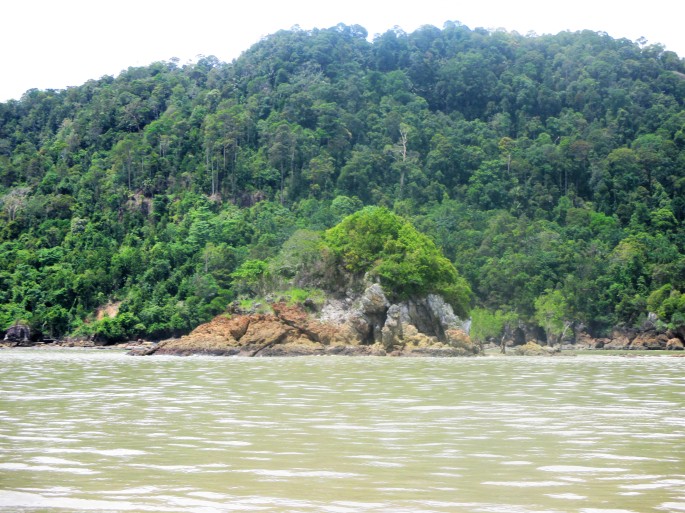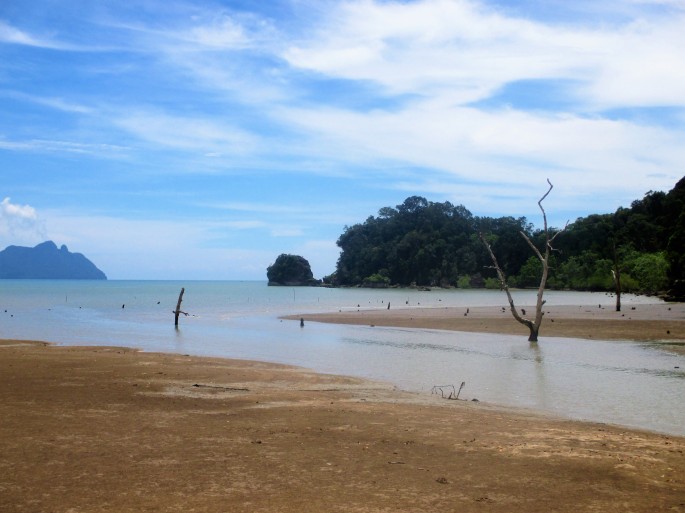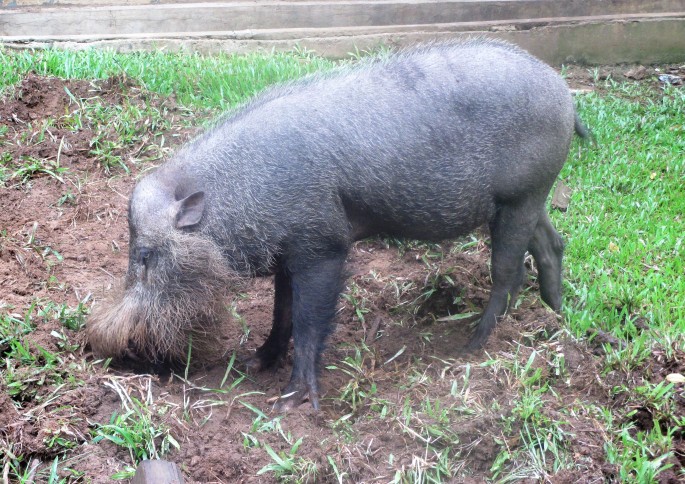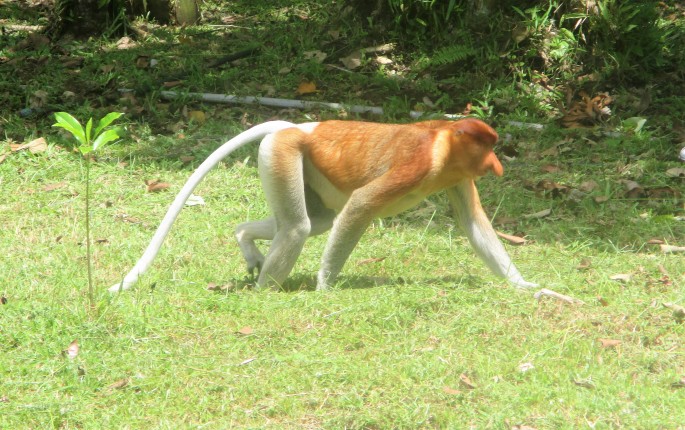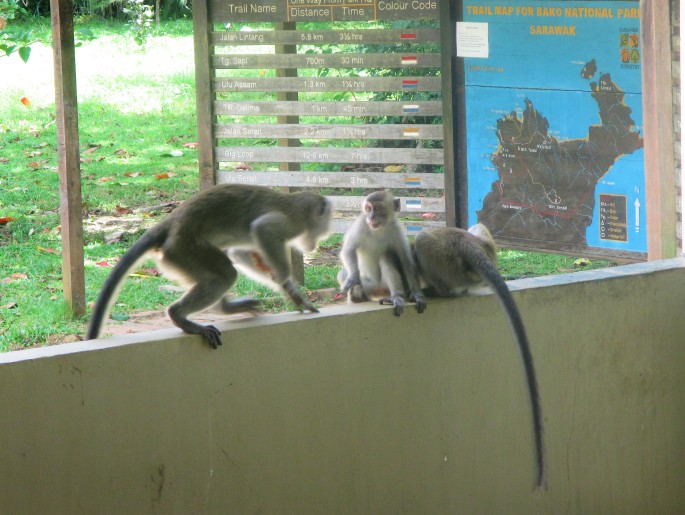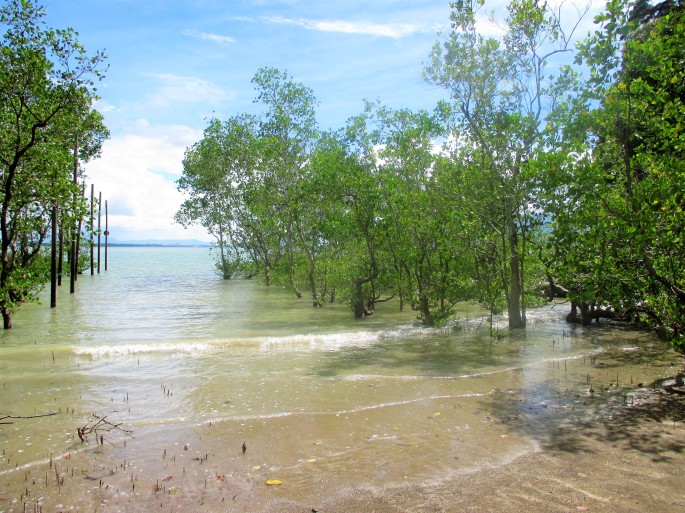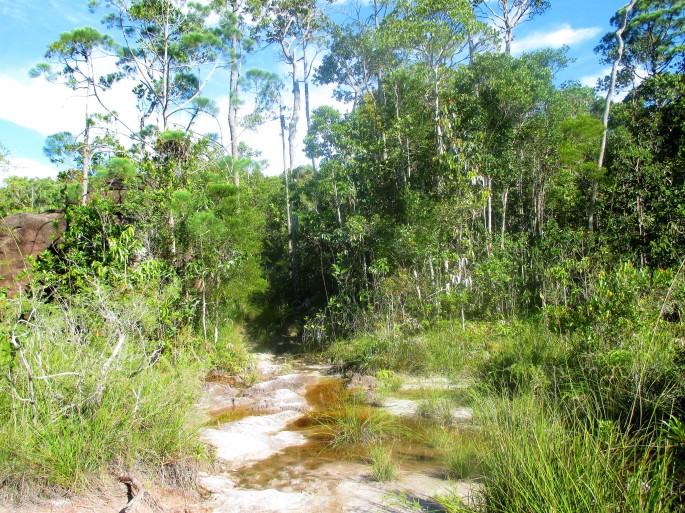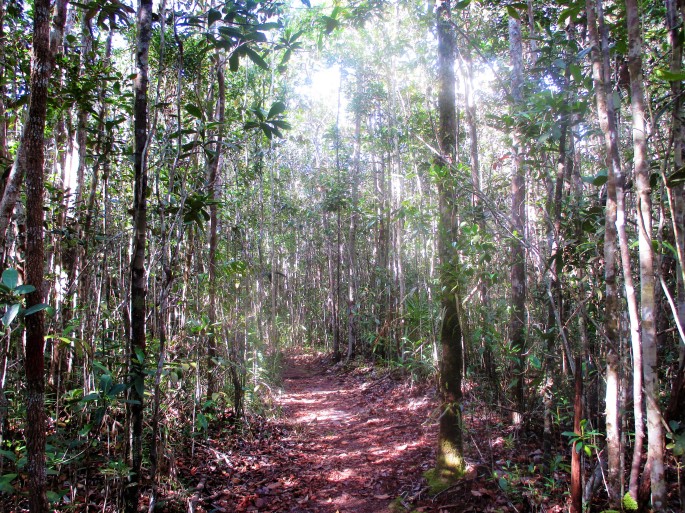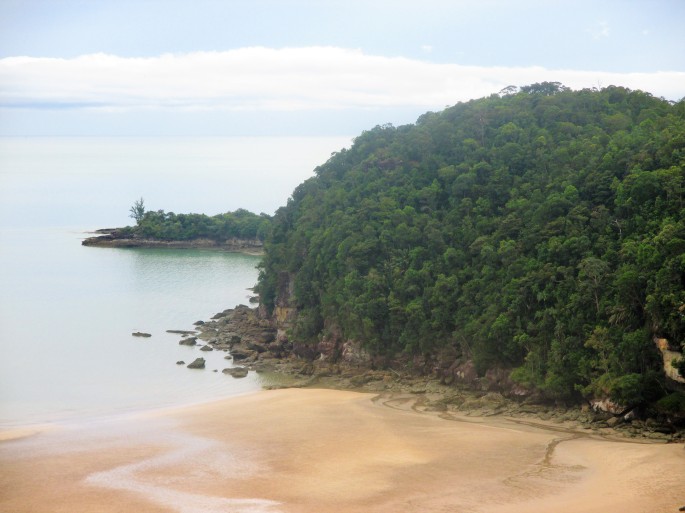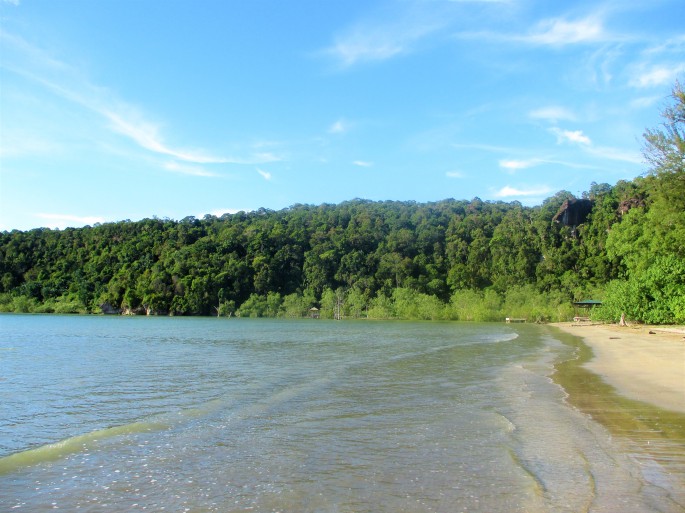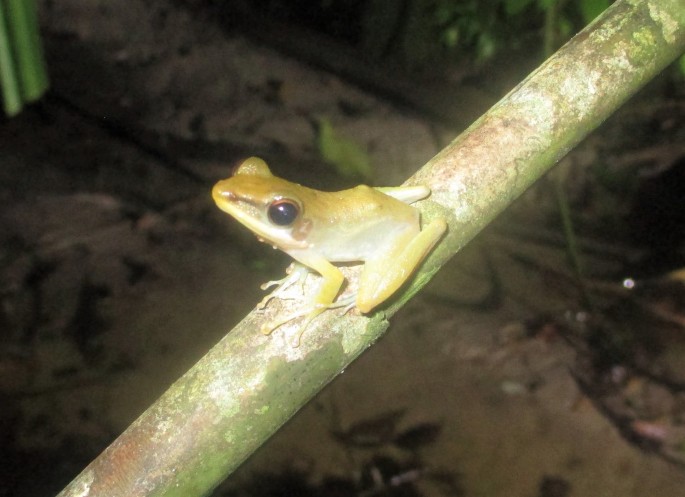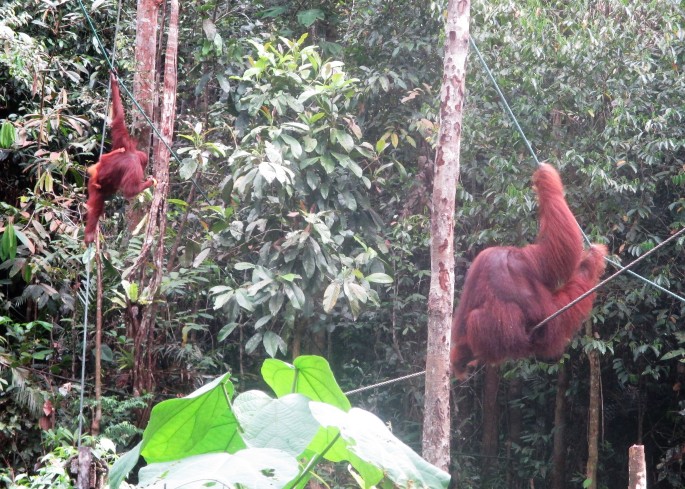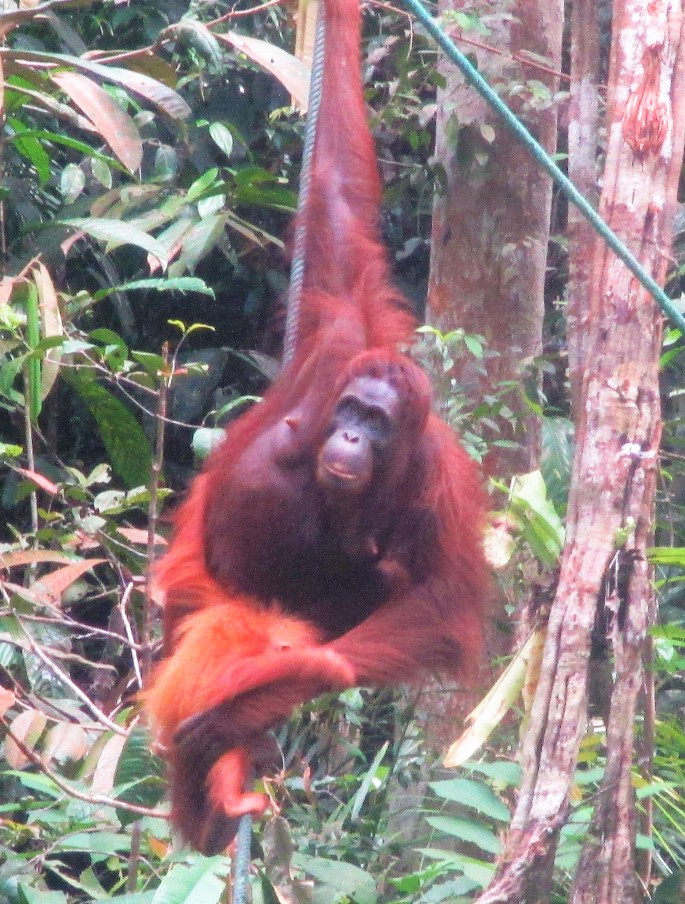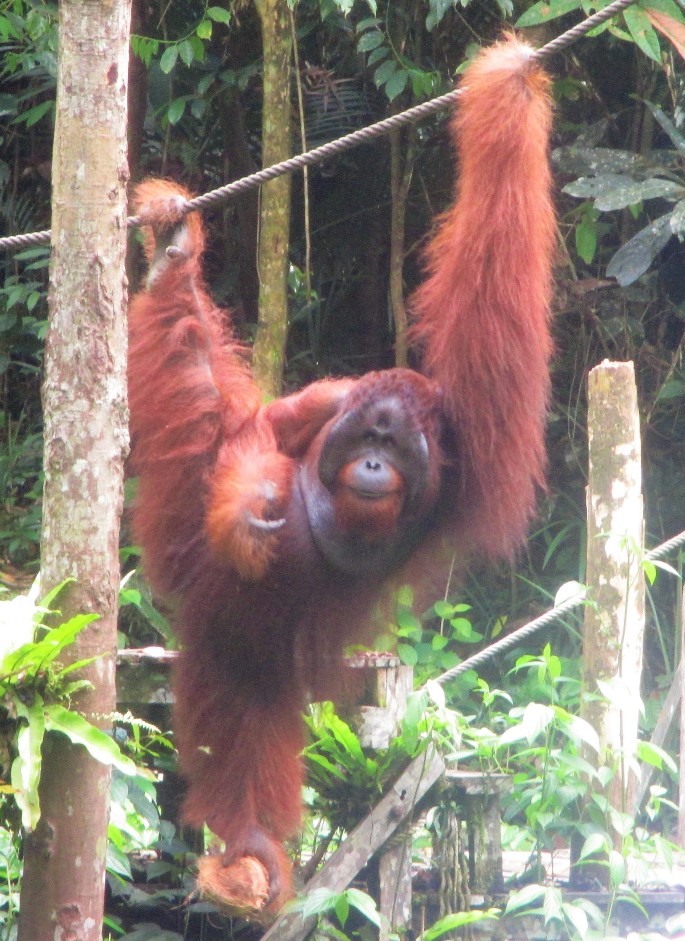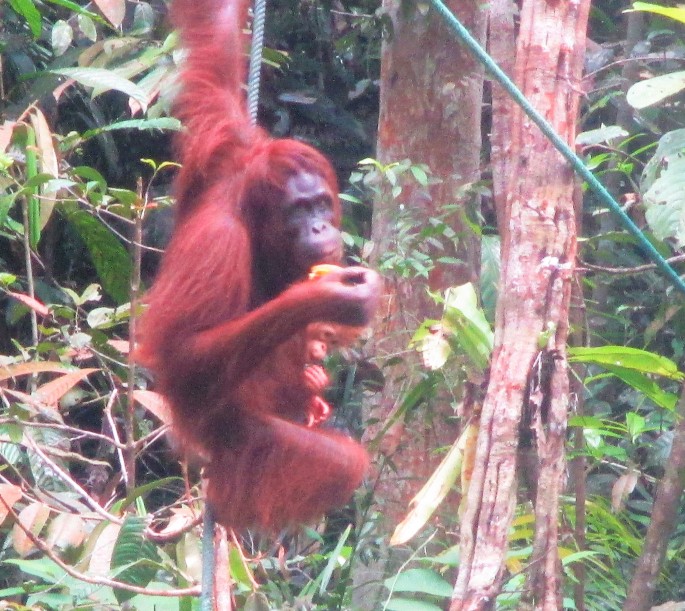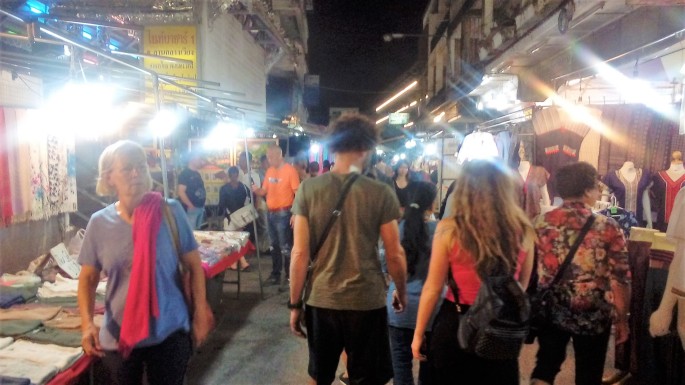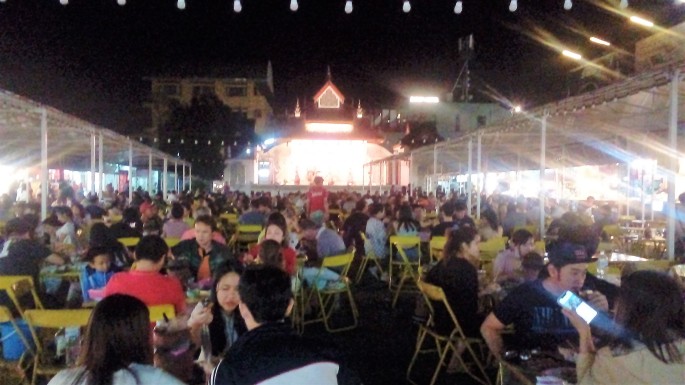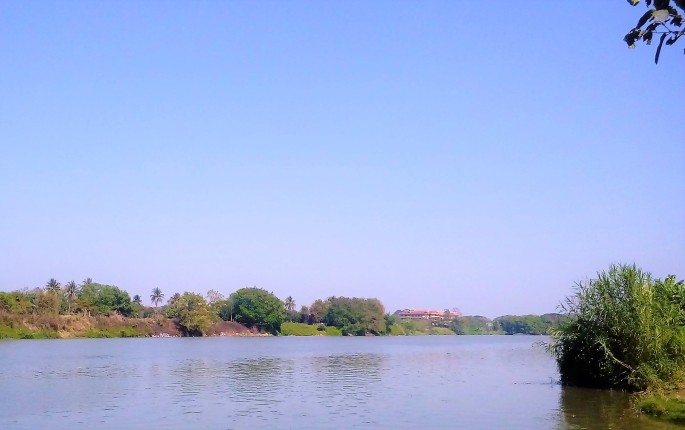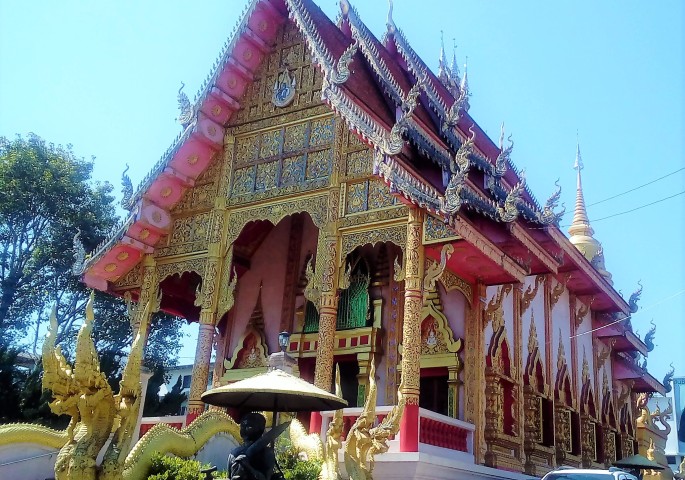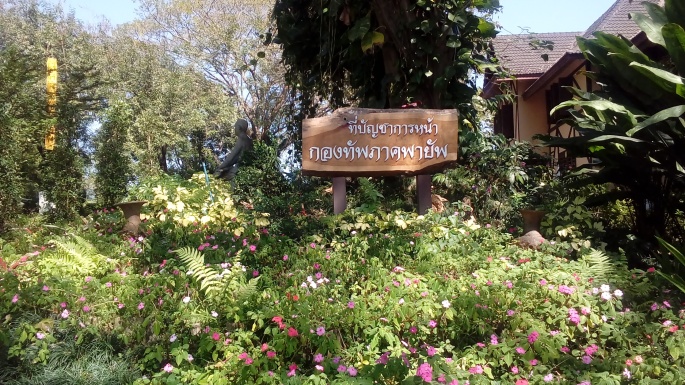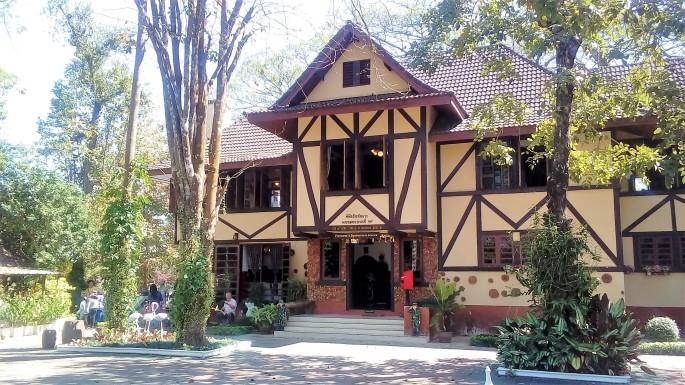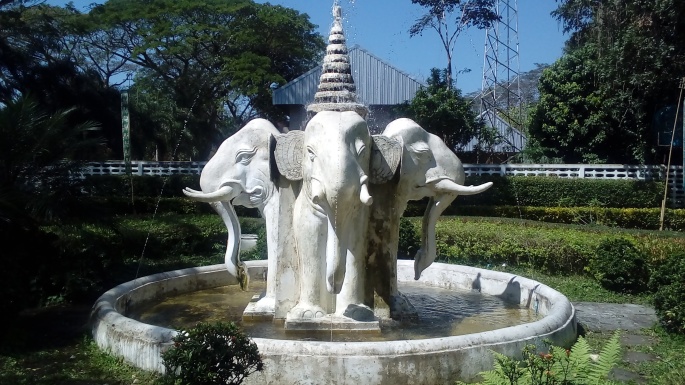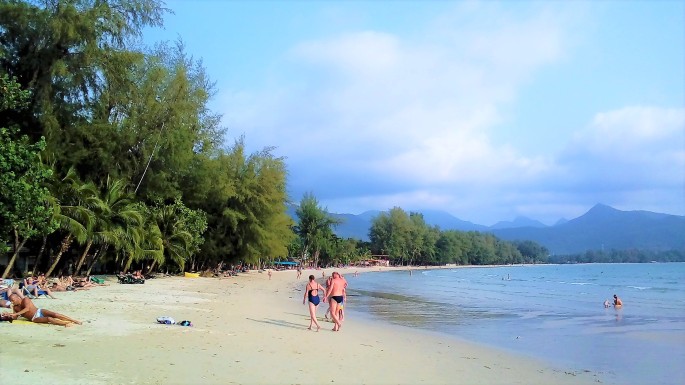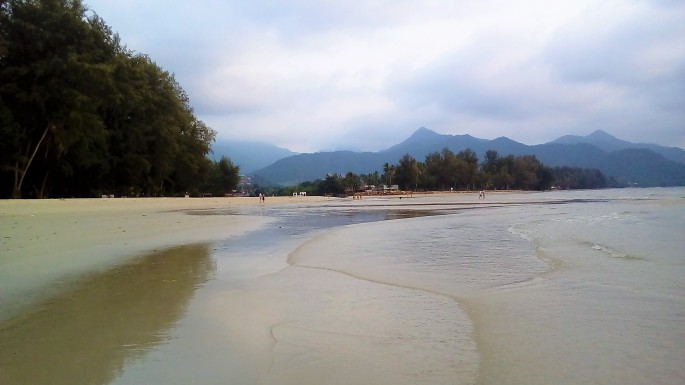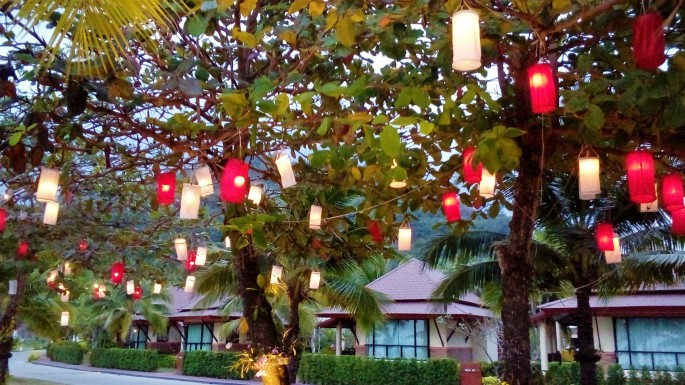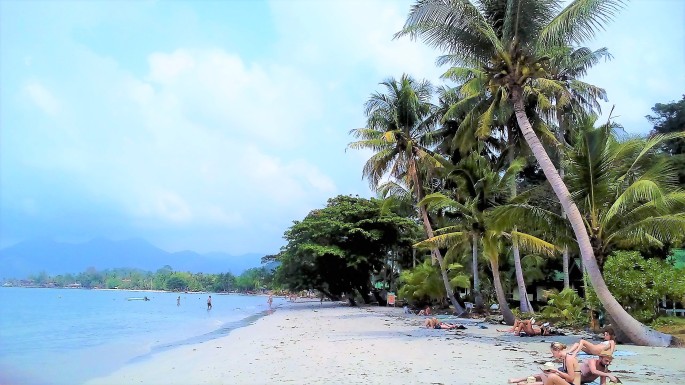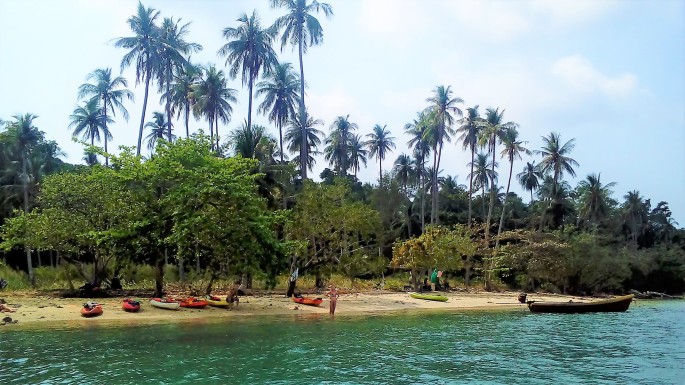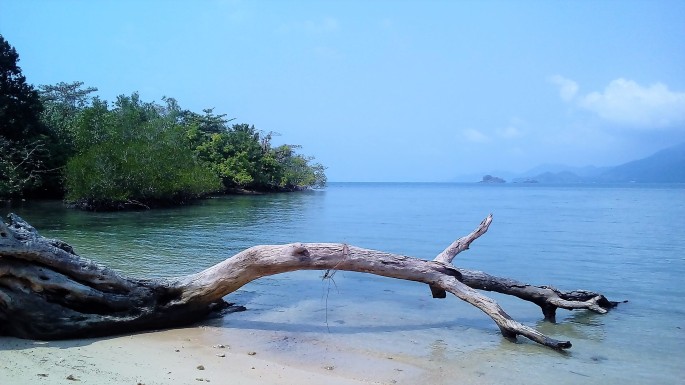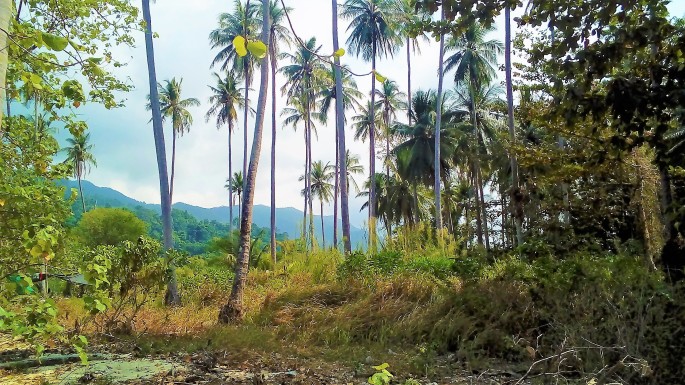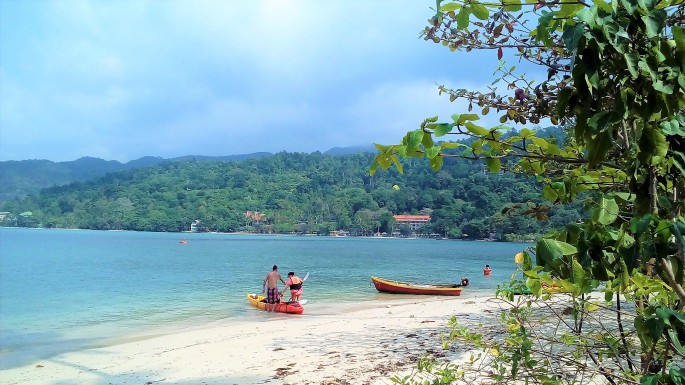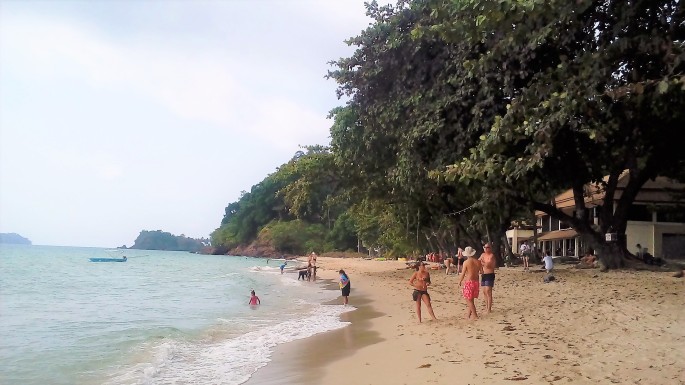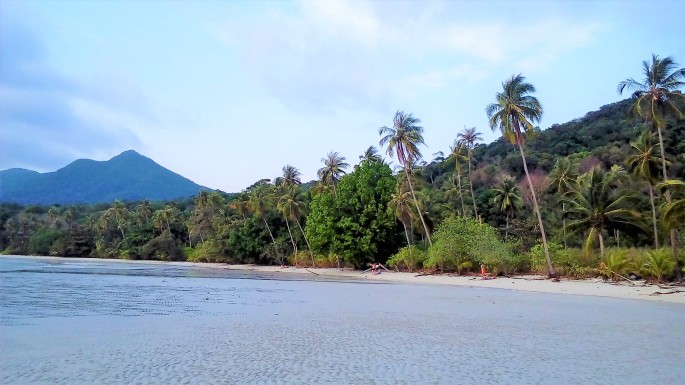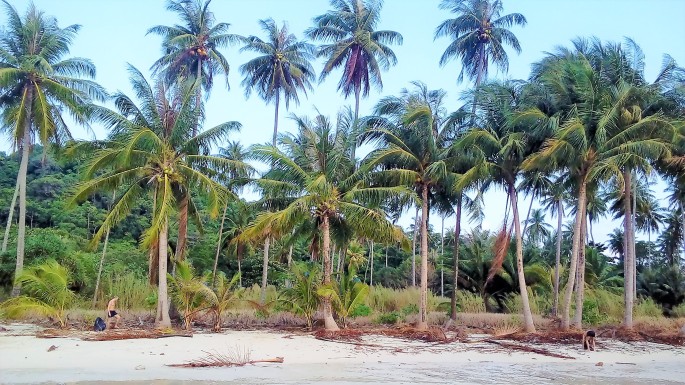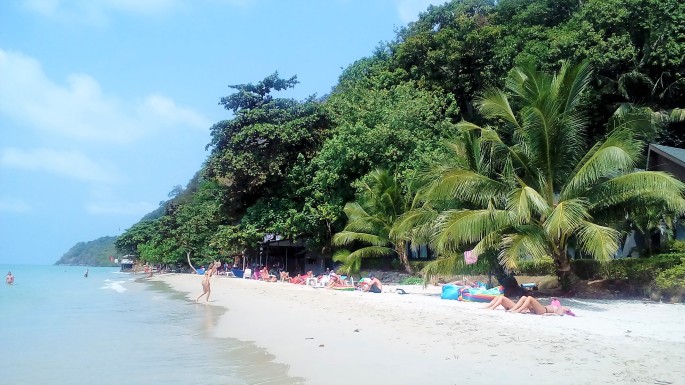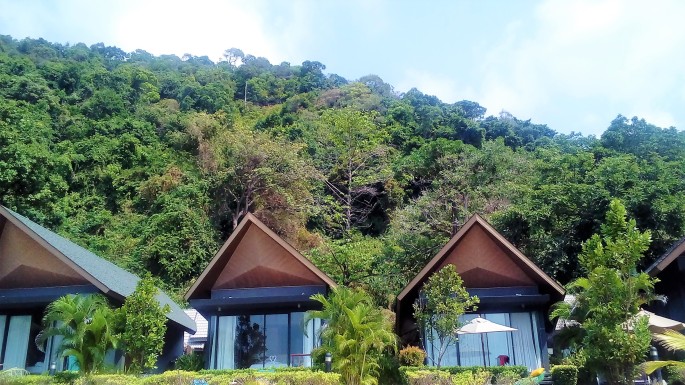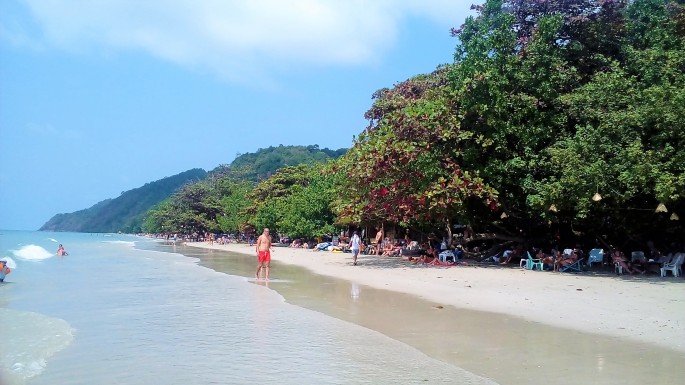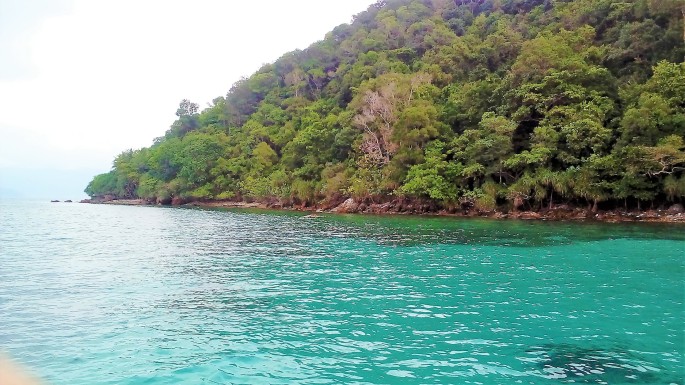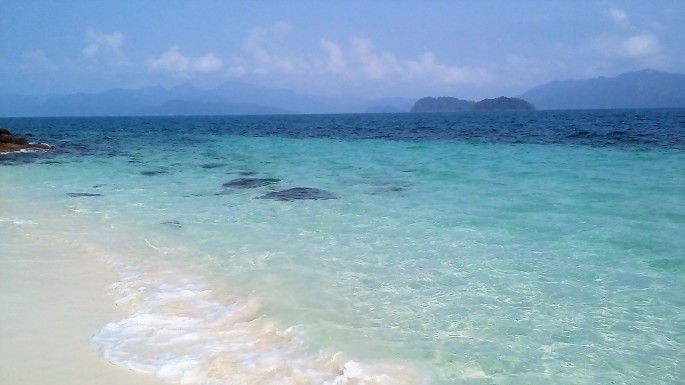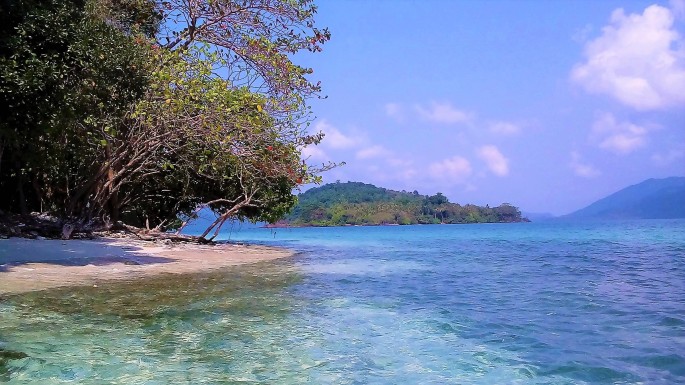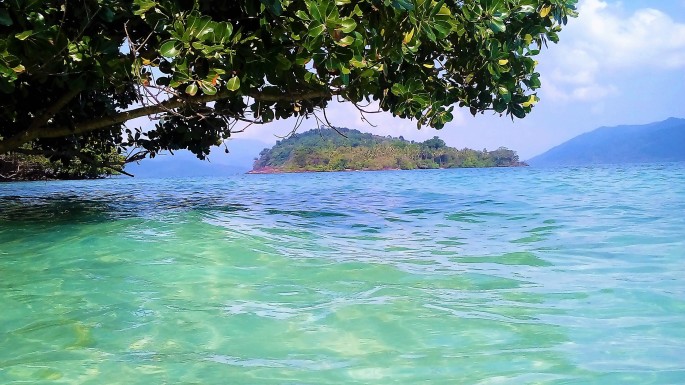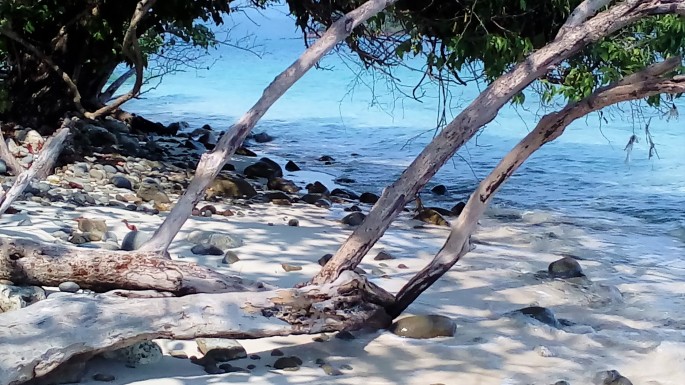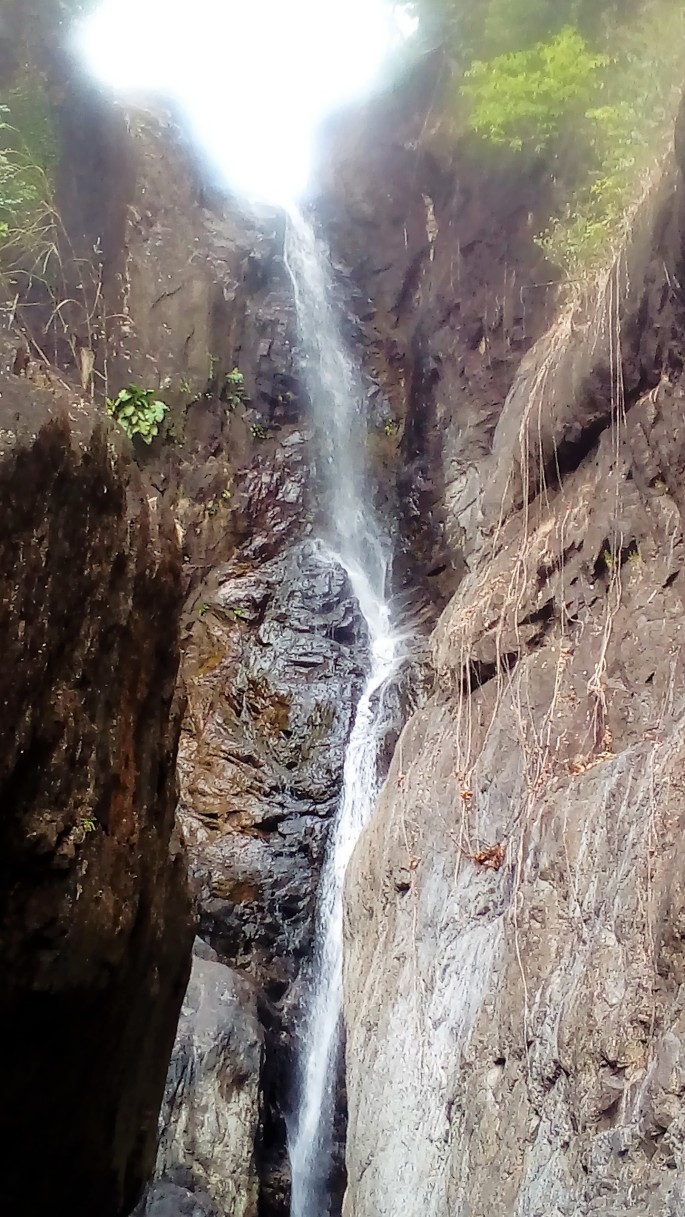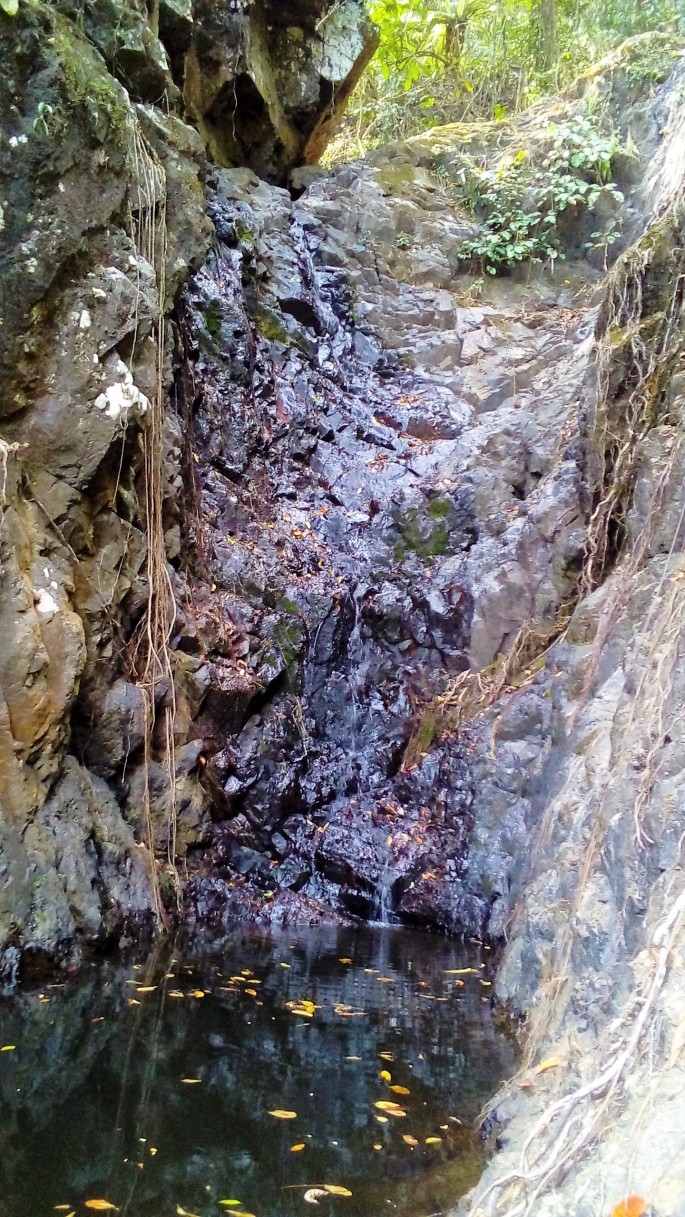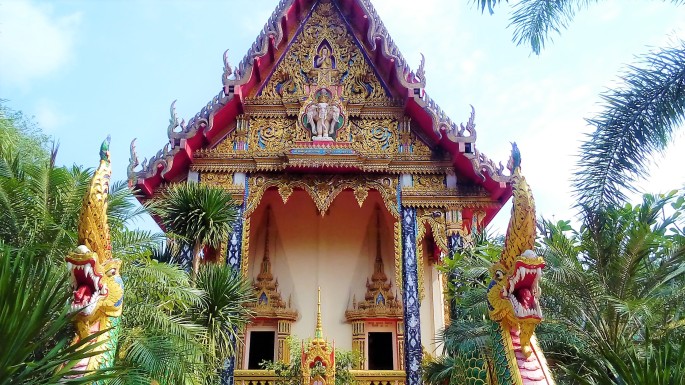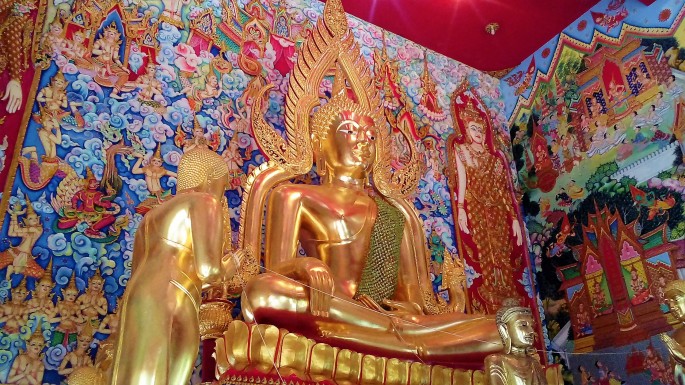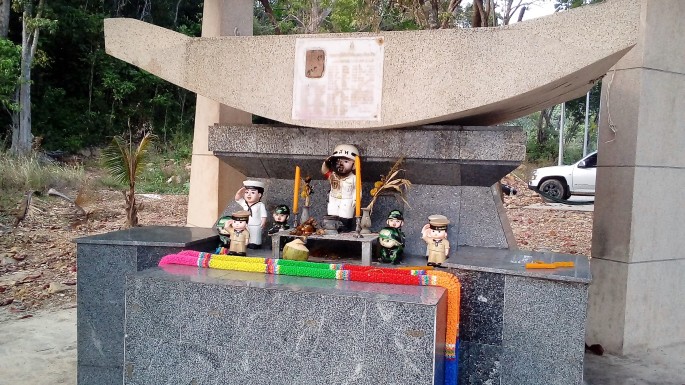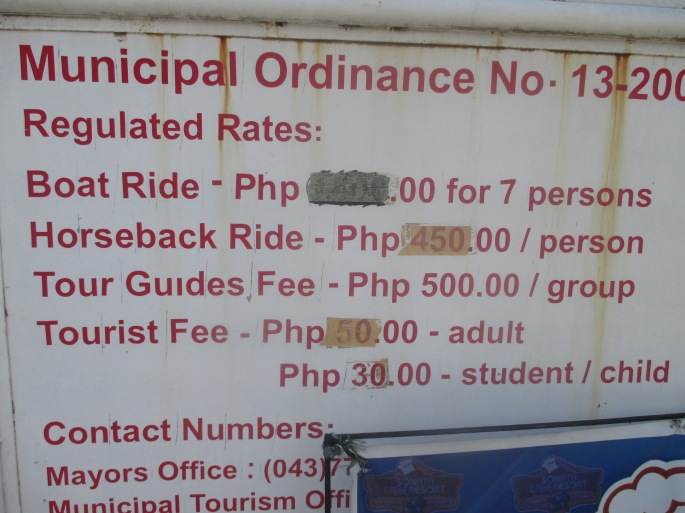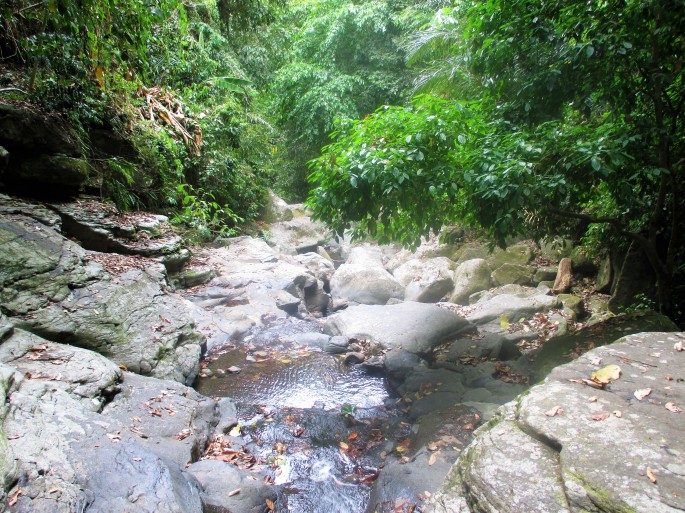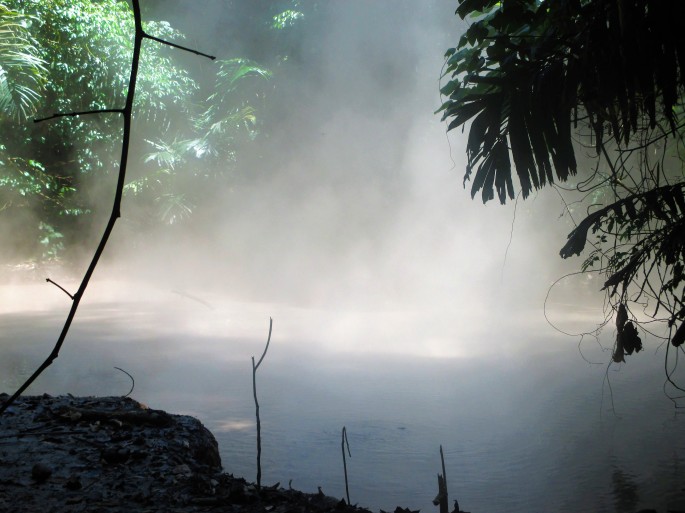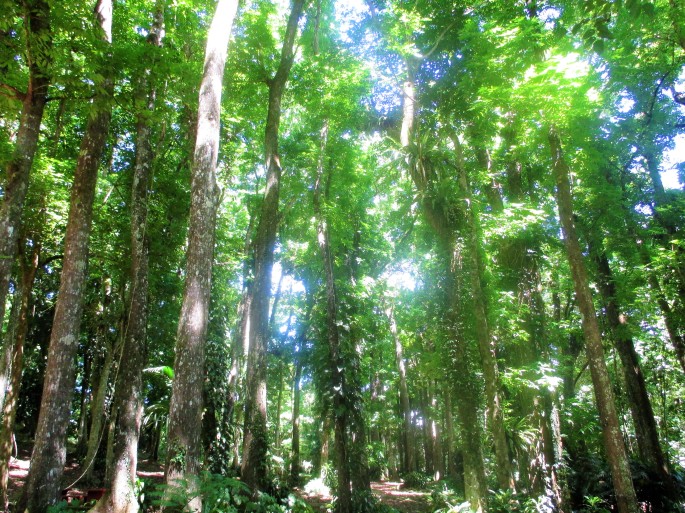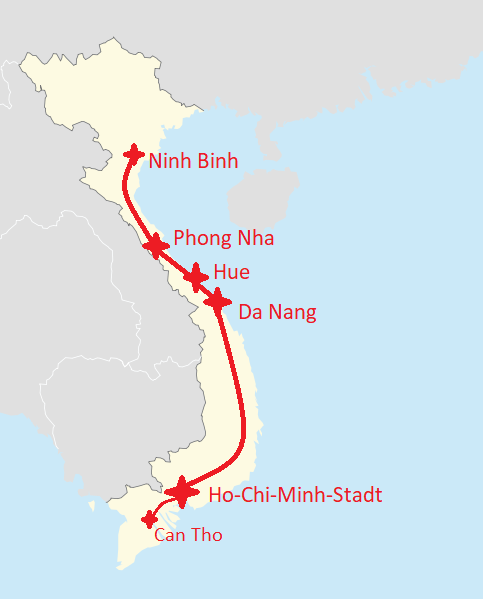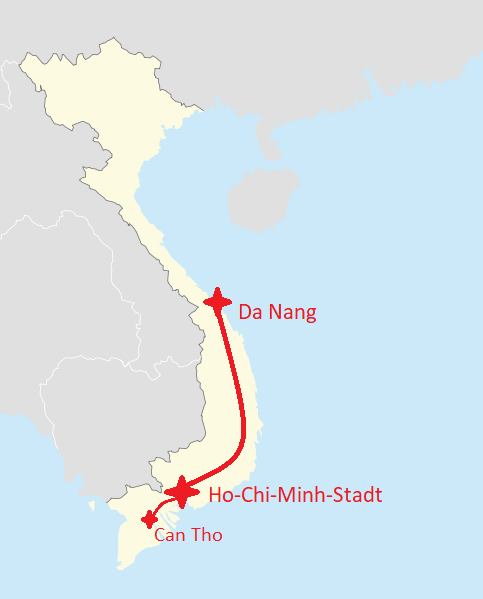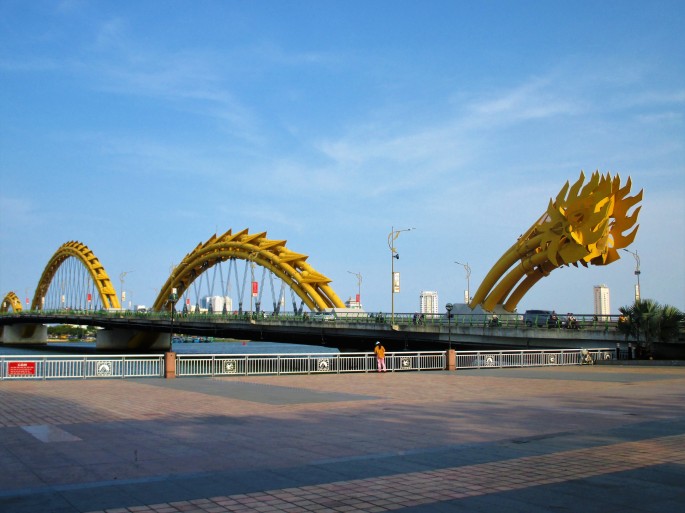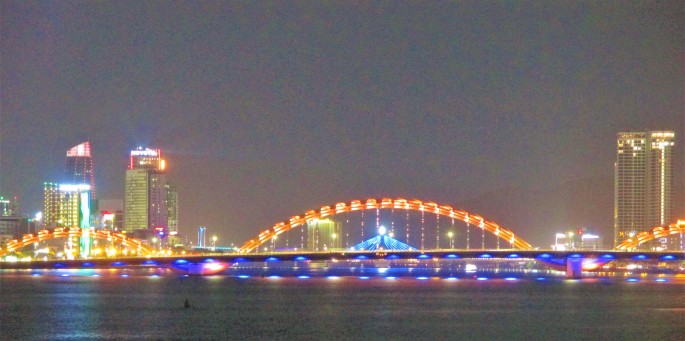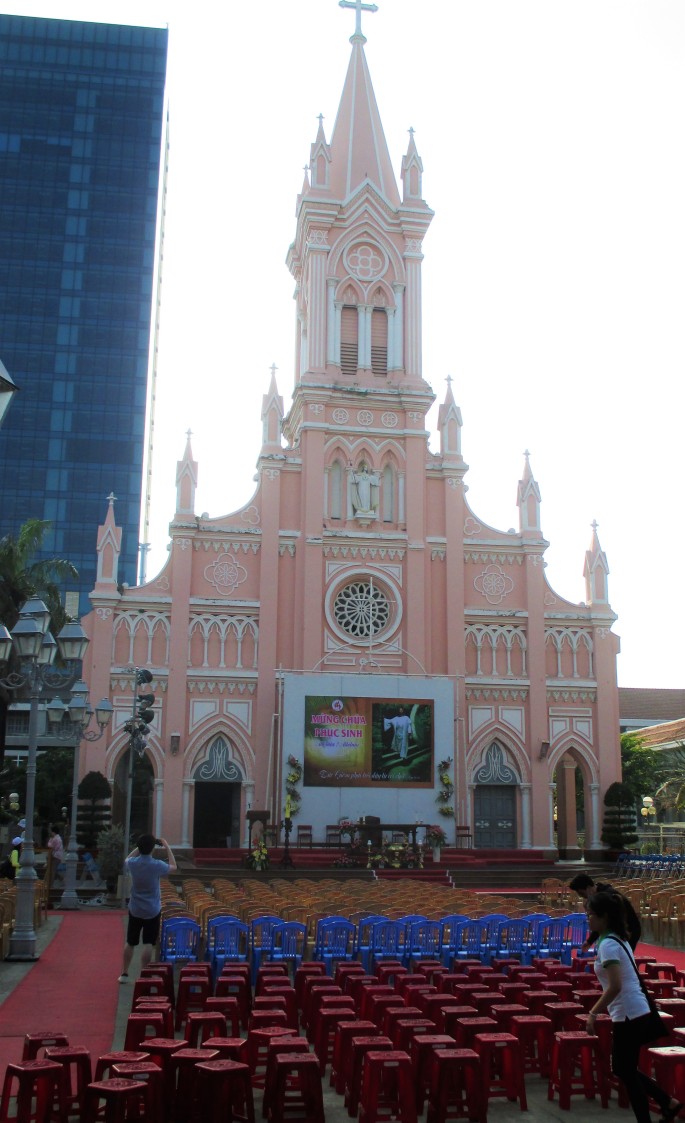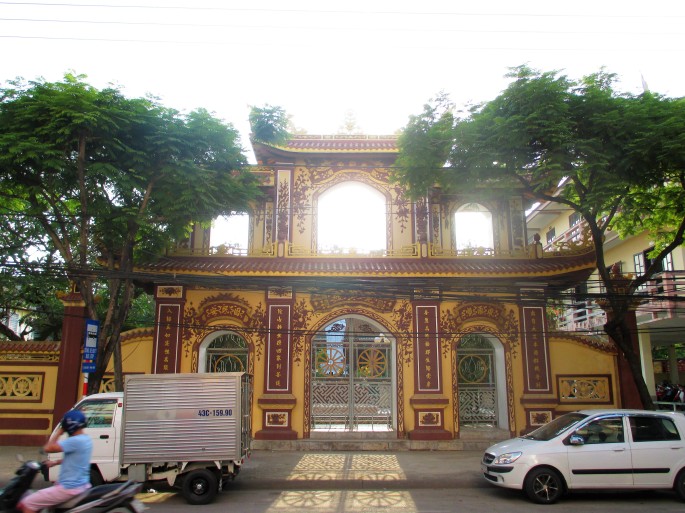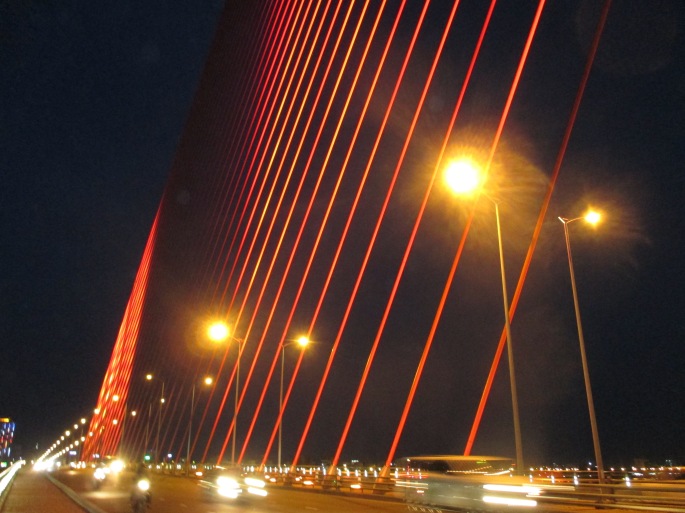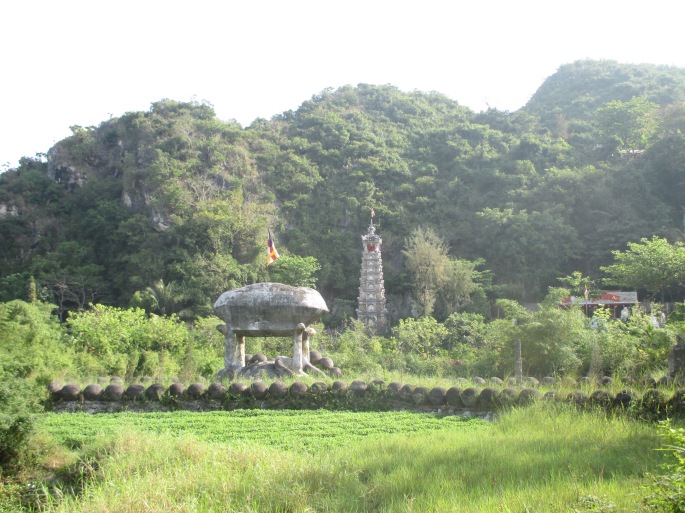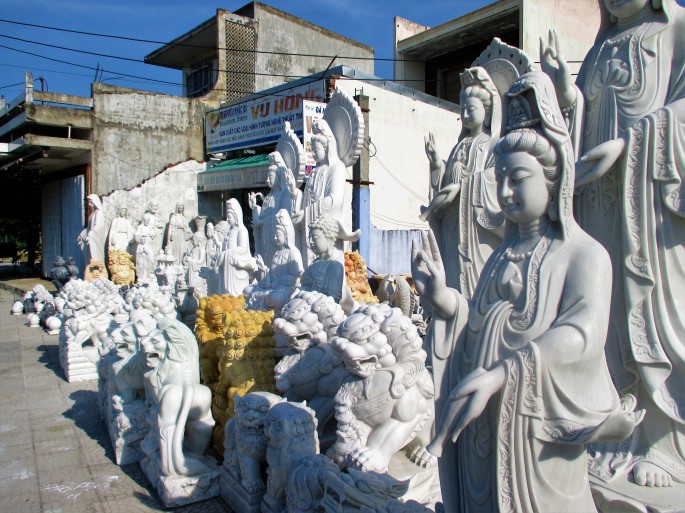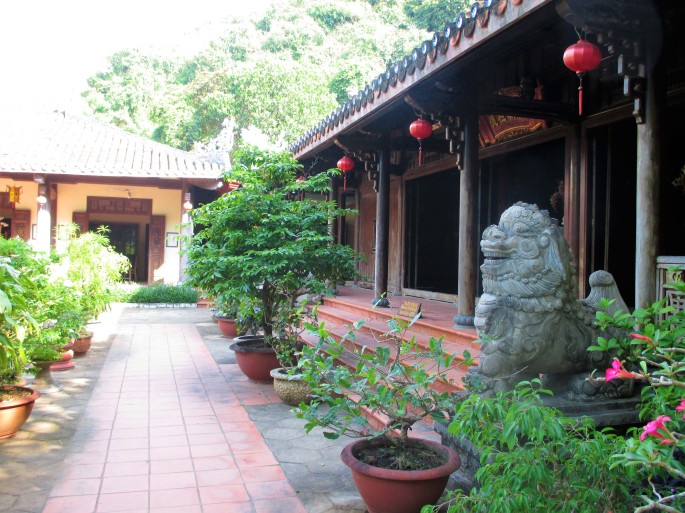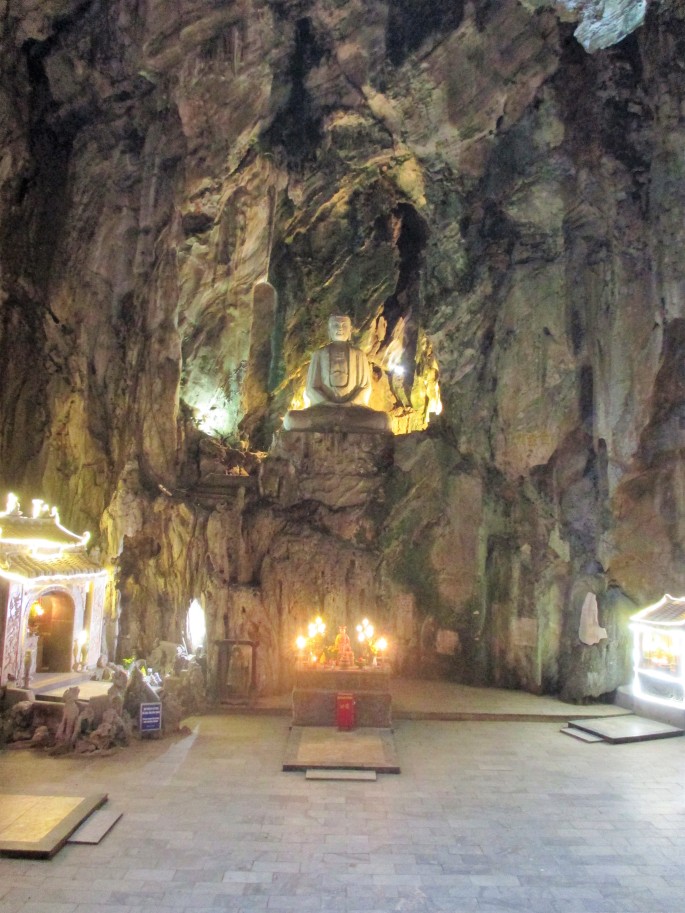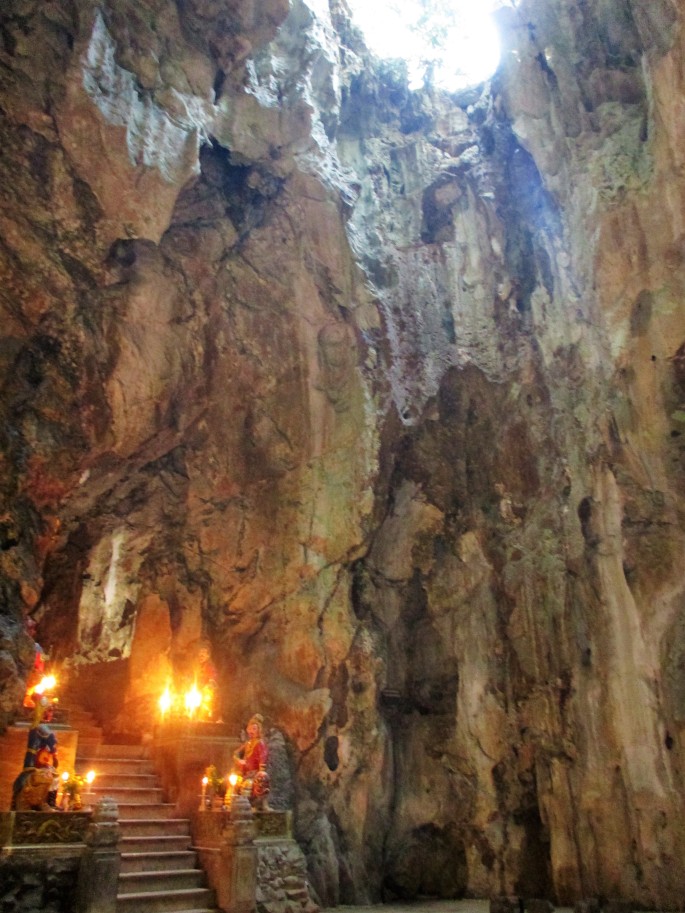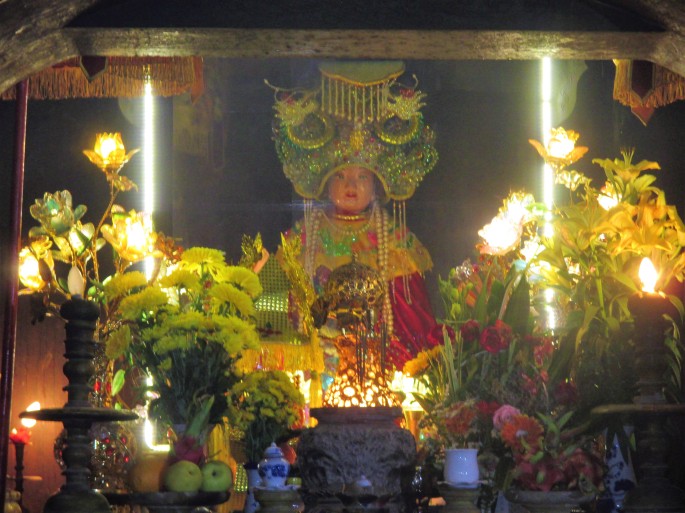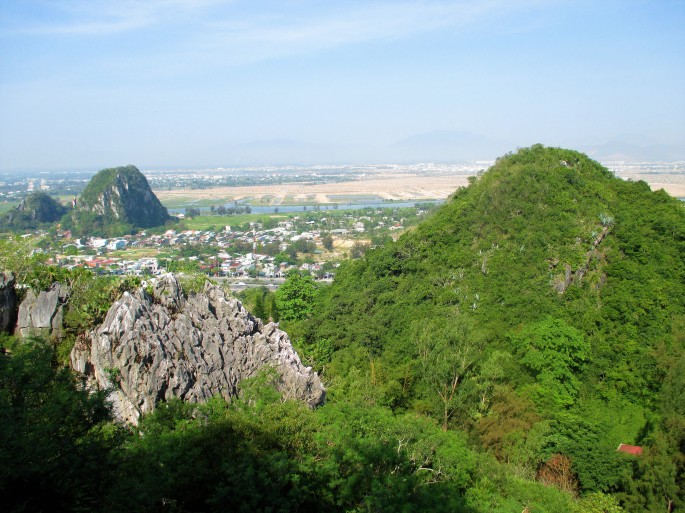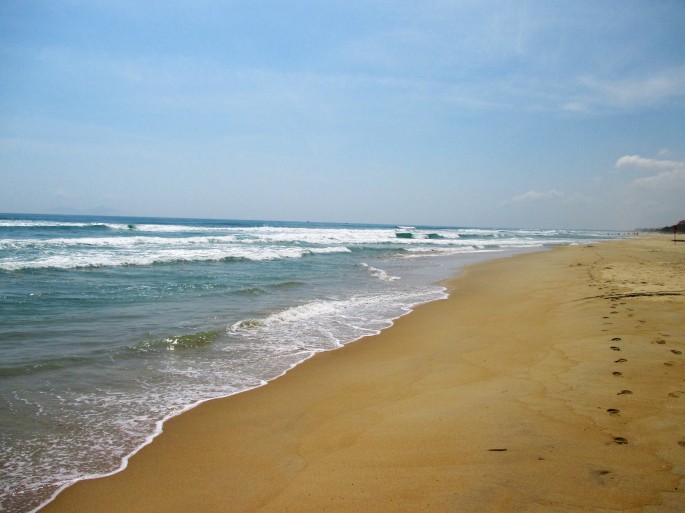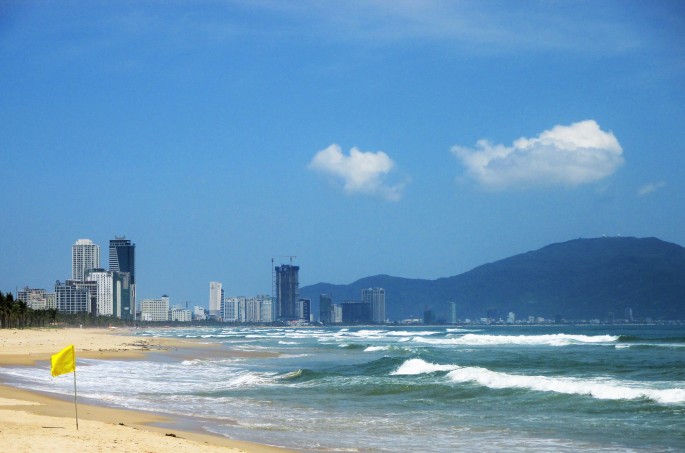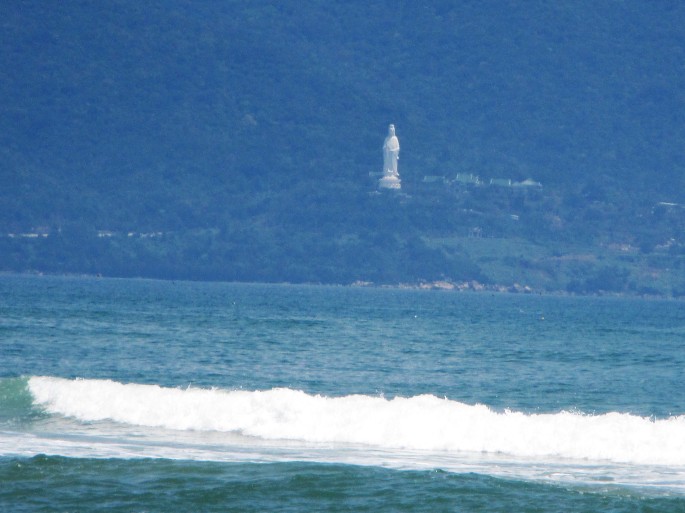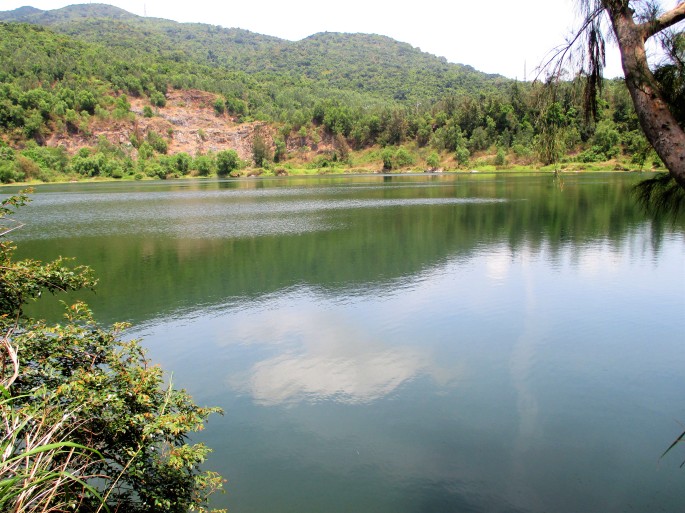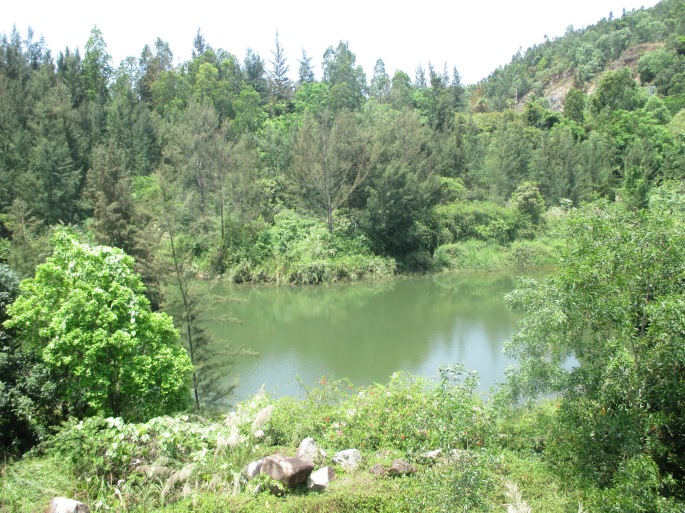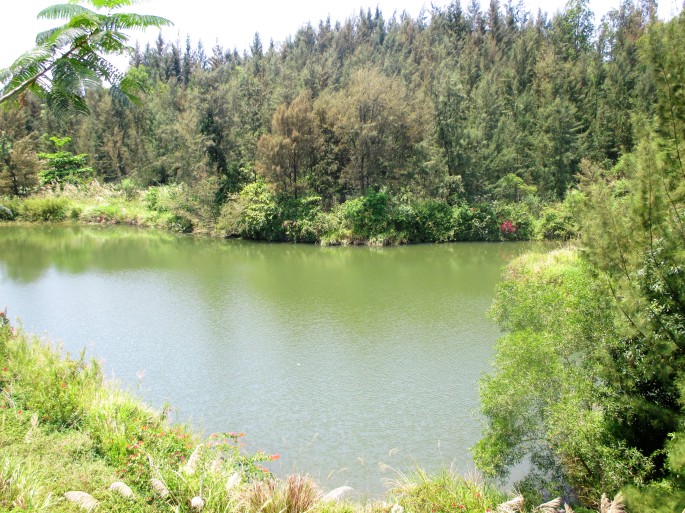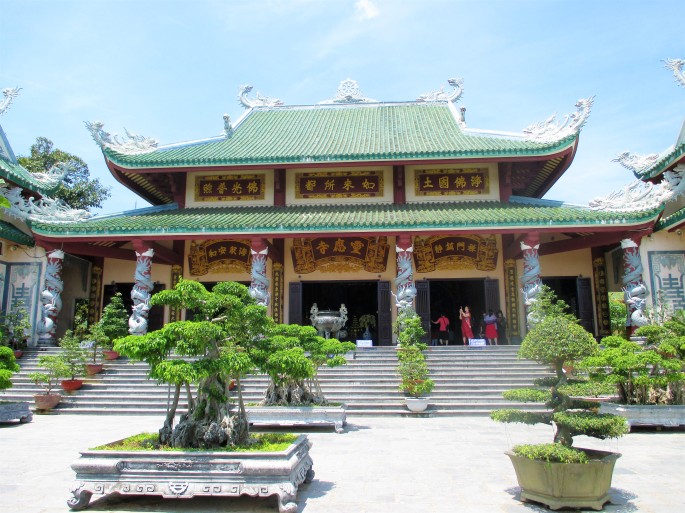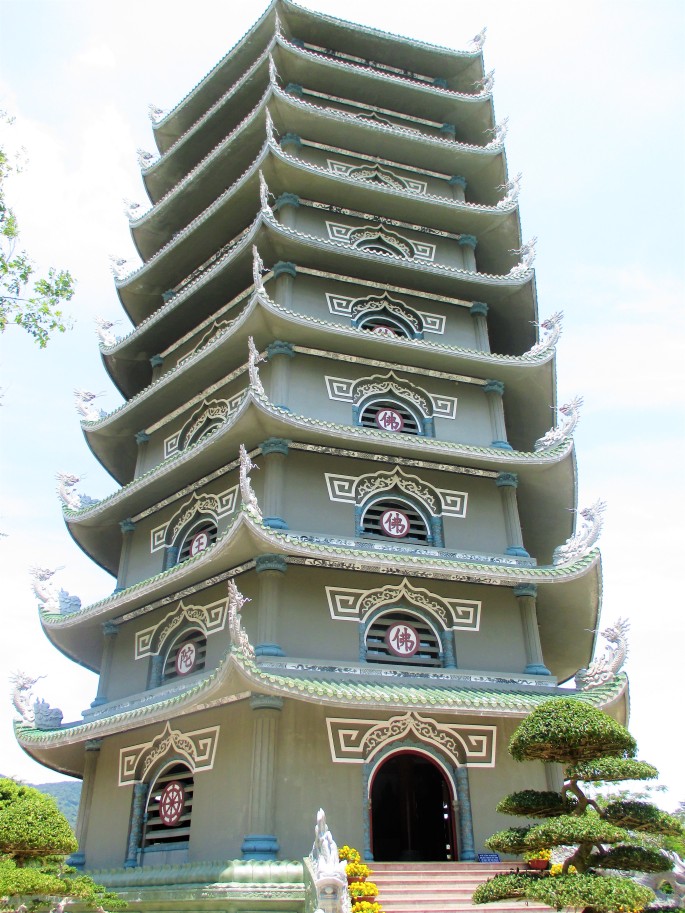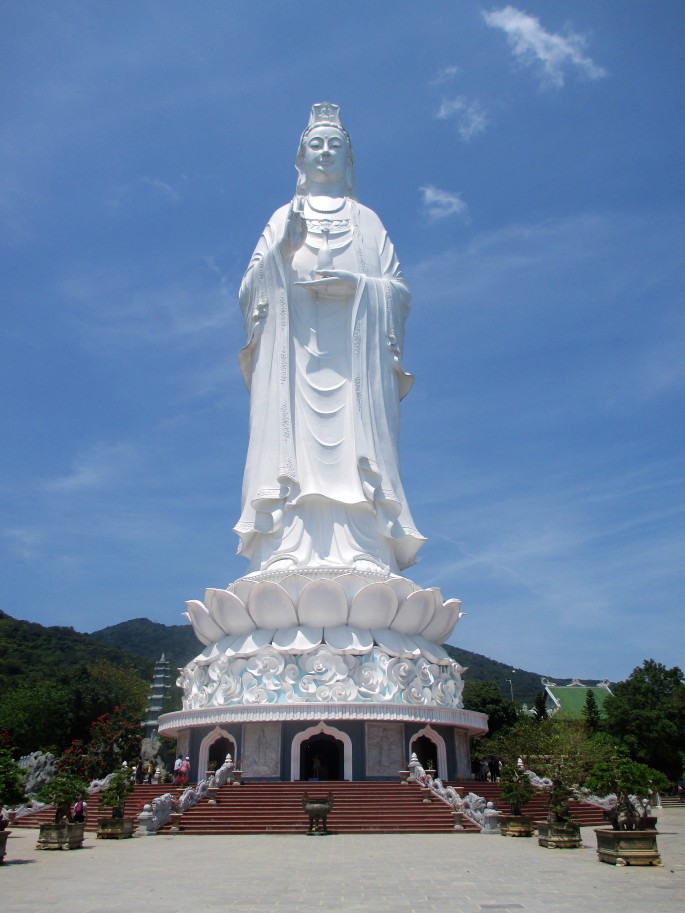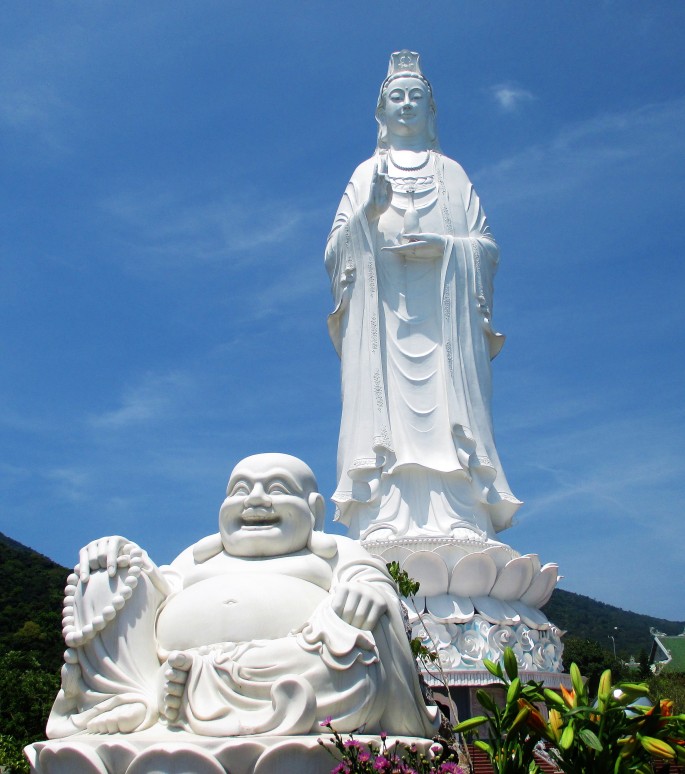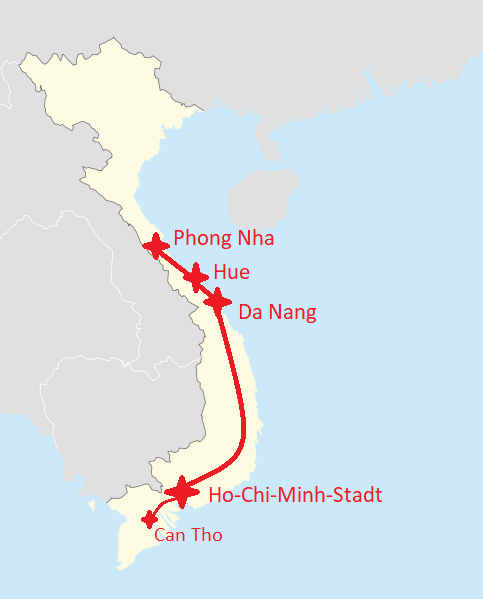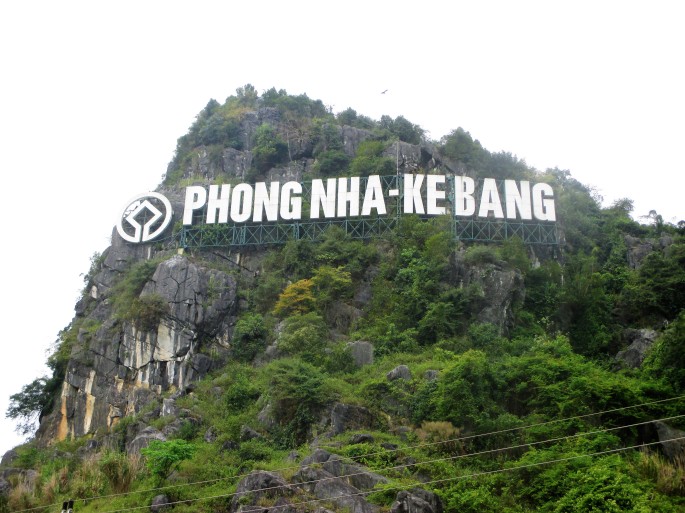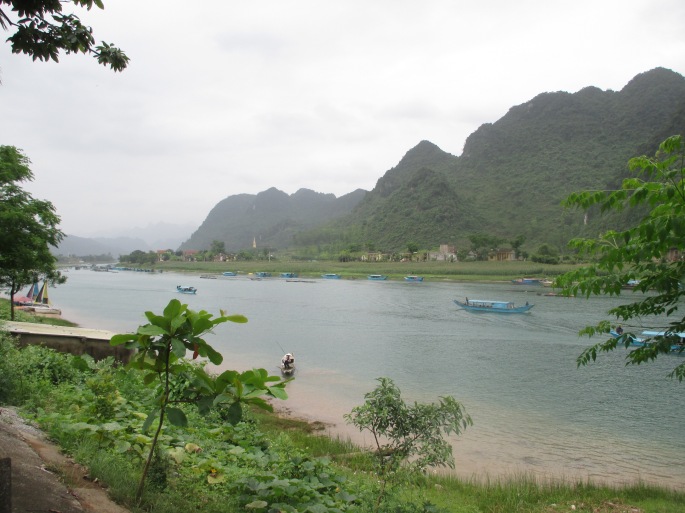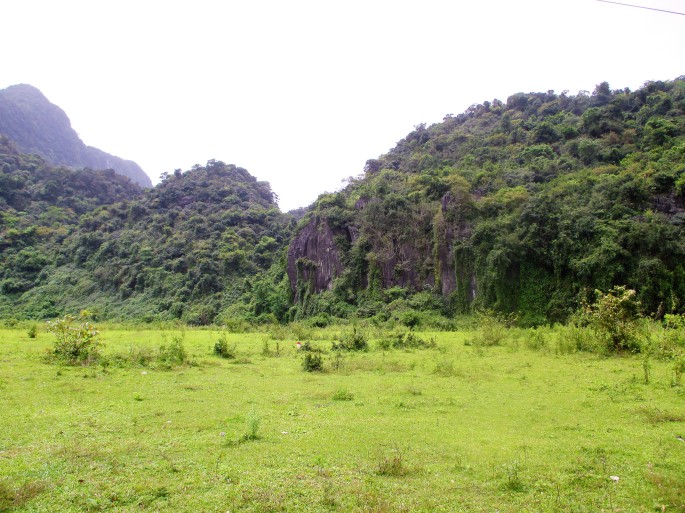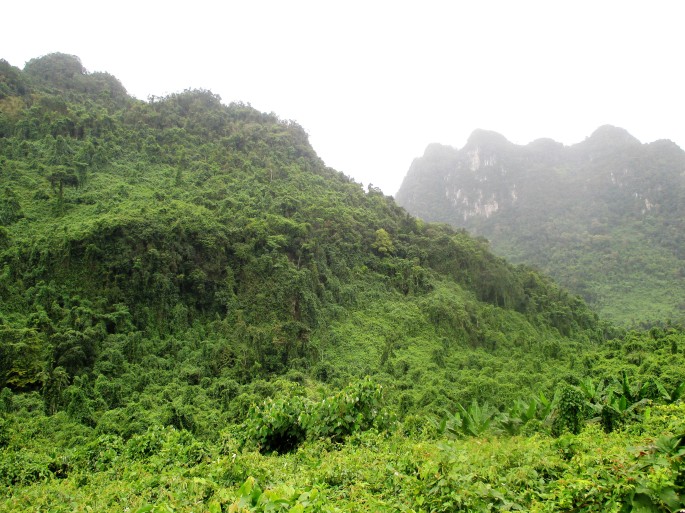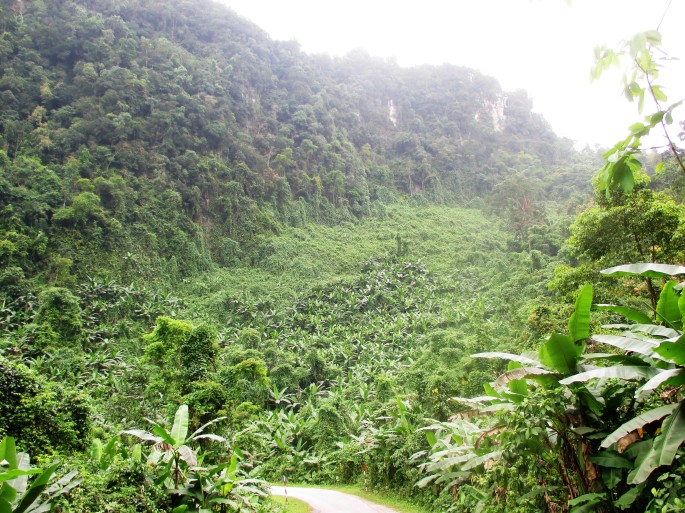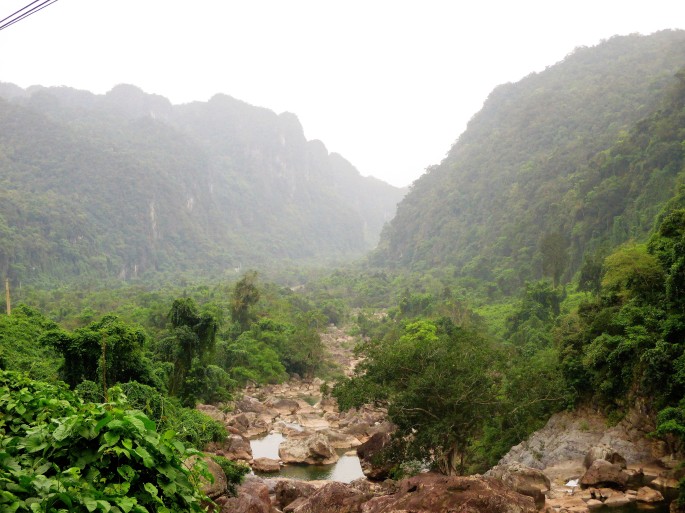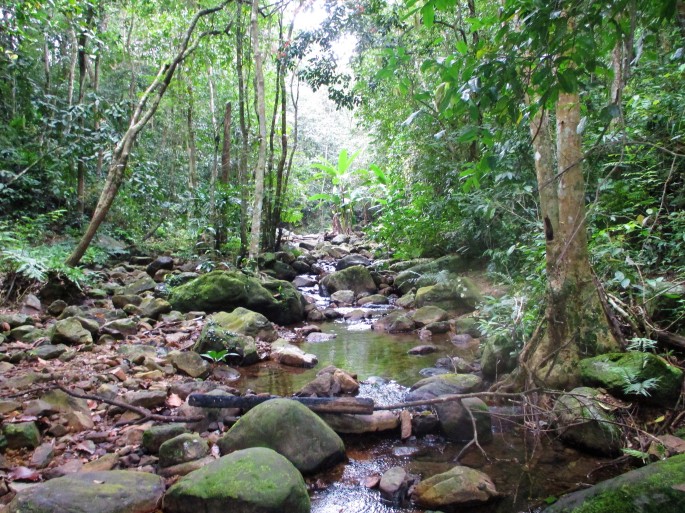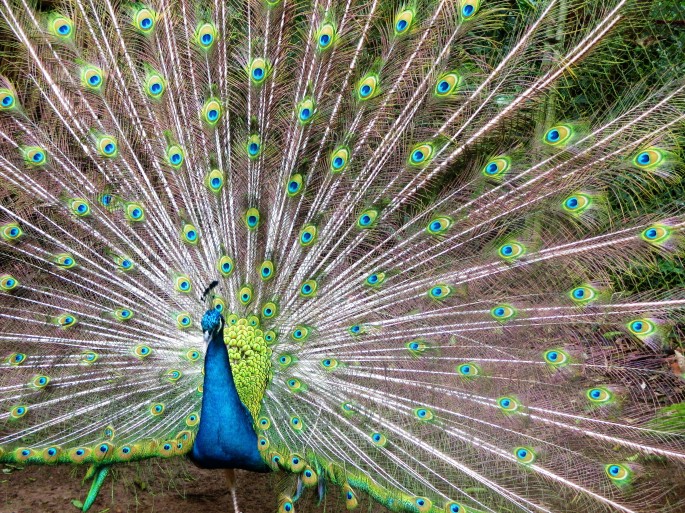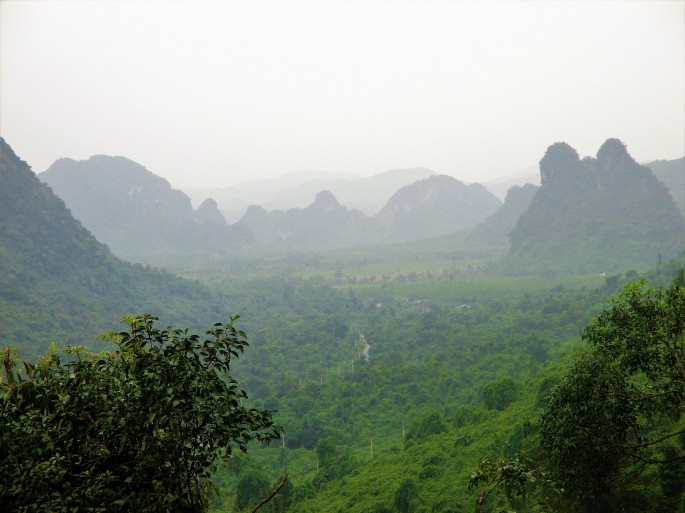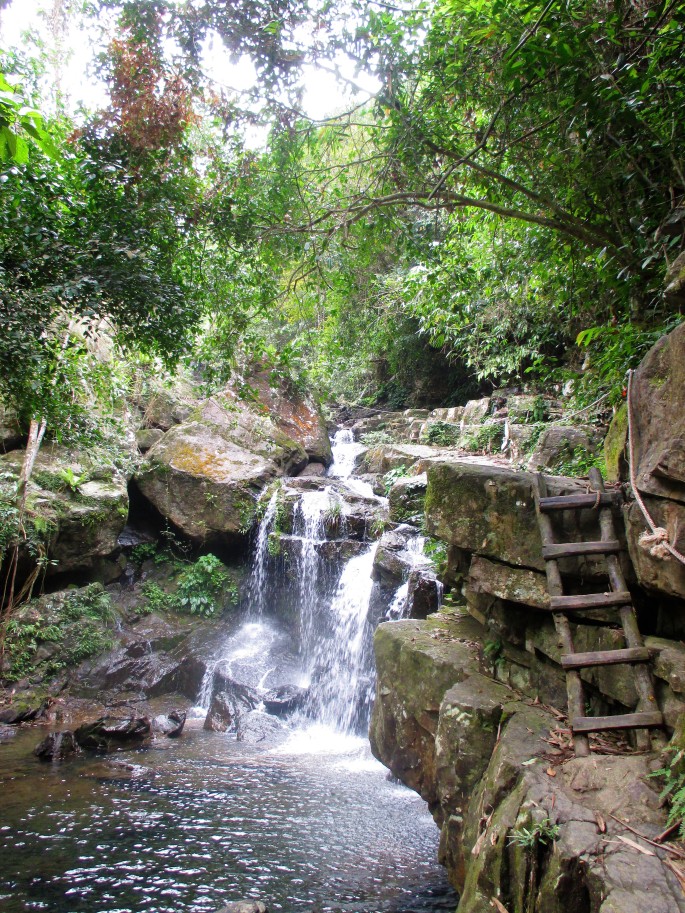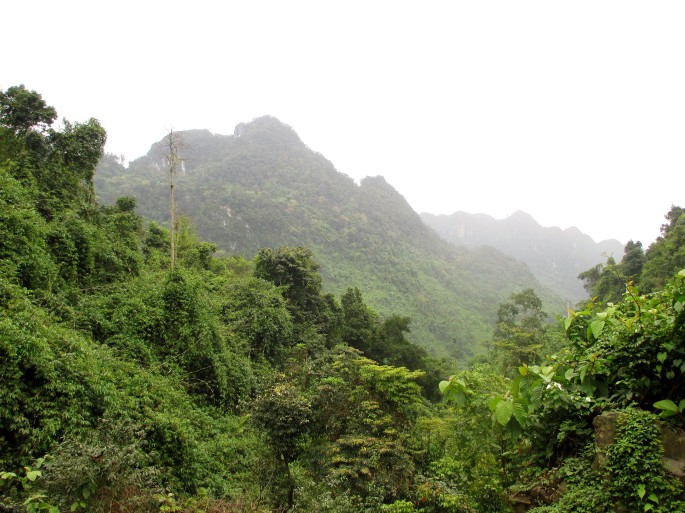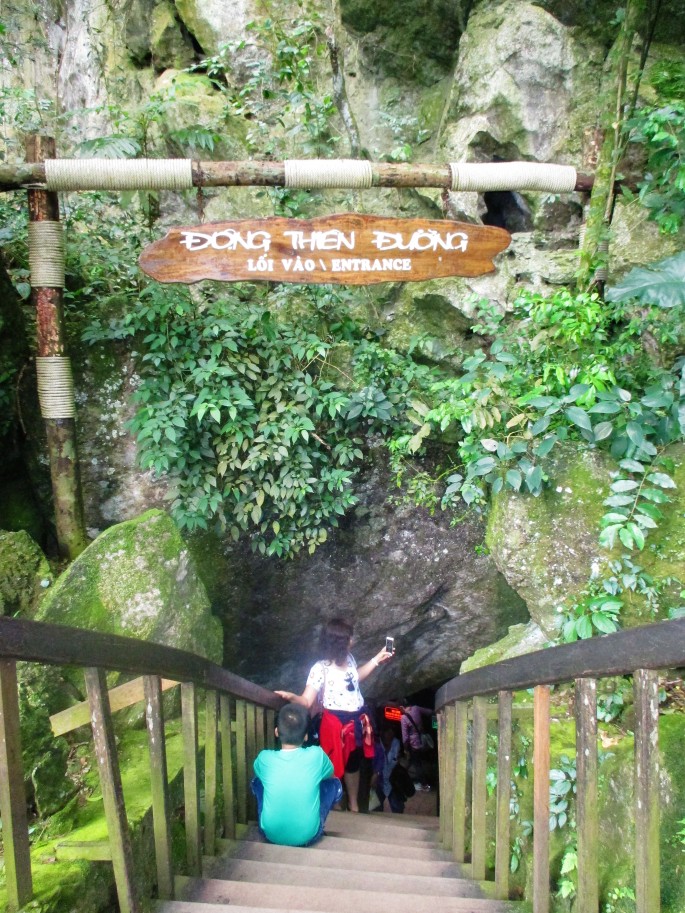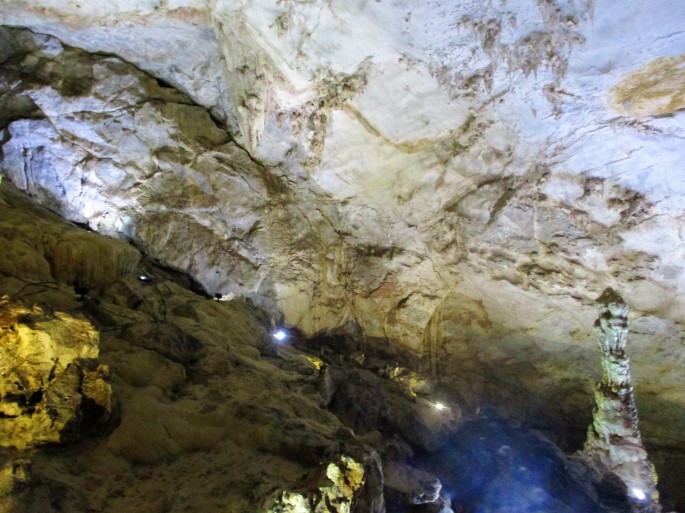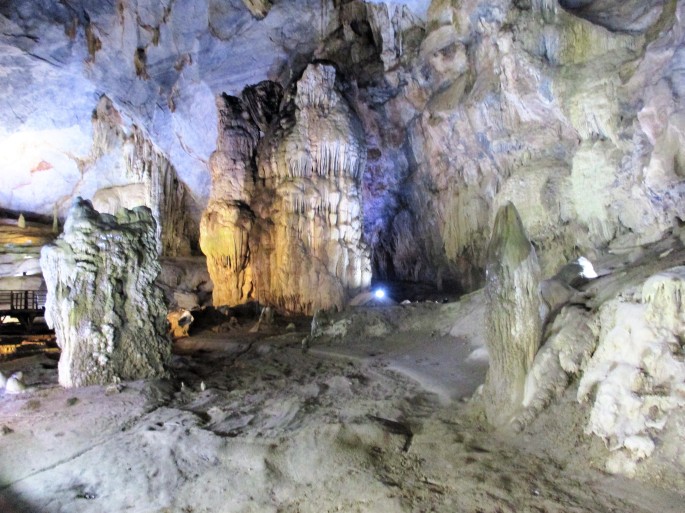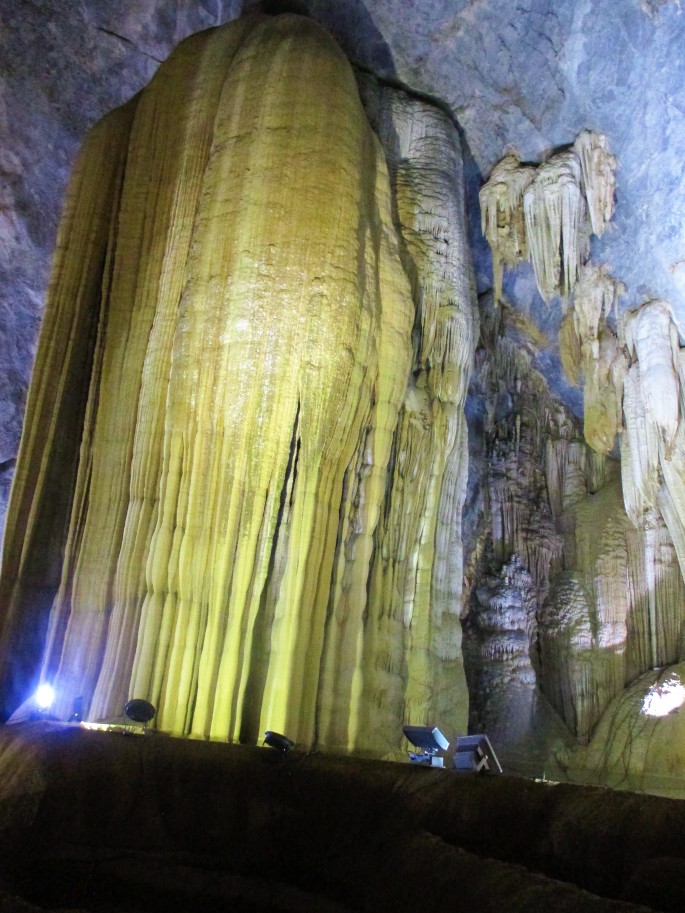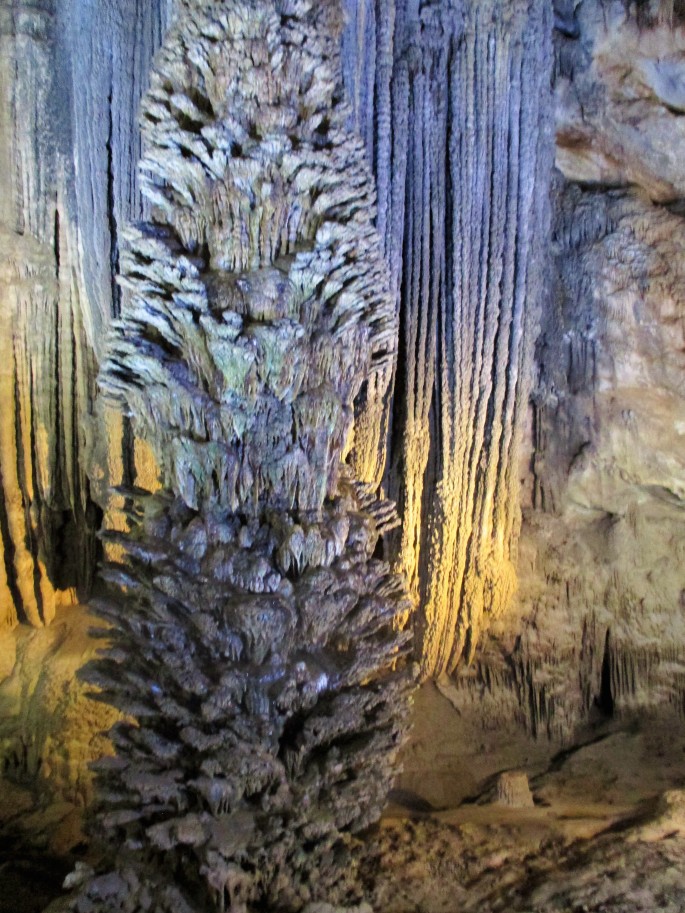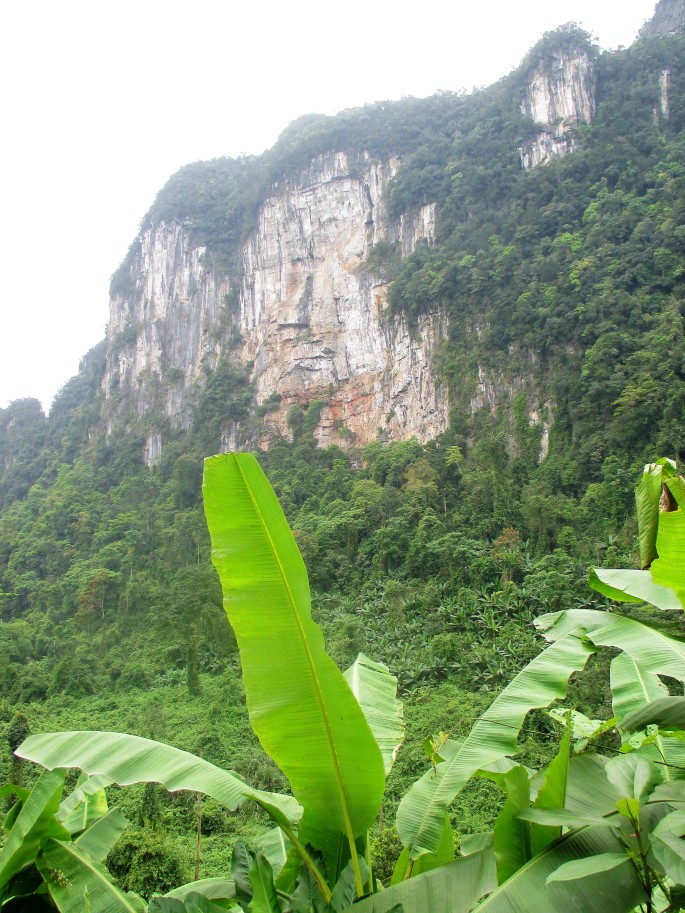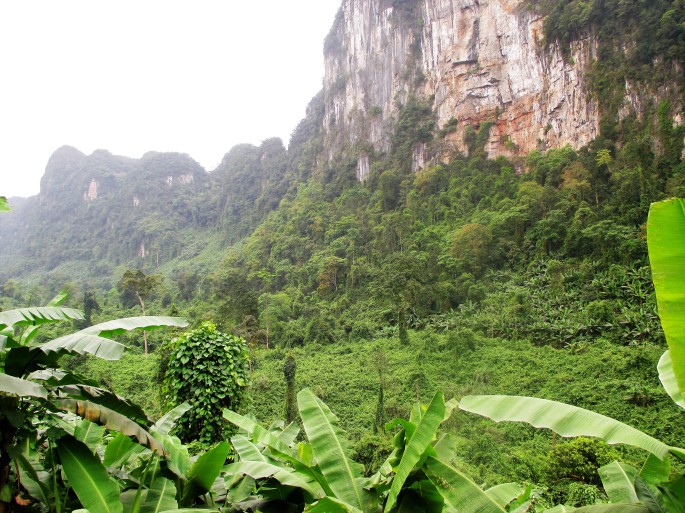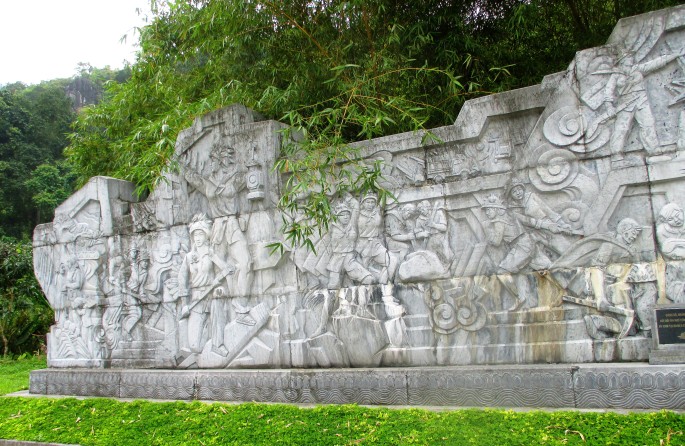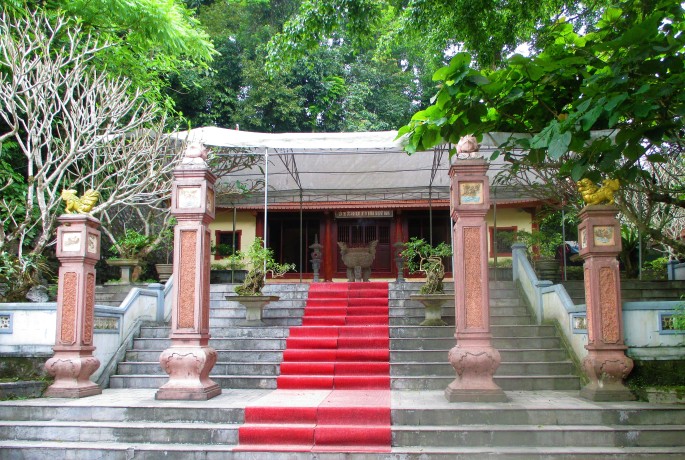From August 2016 to February 2018, after my first Vipassana retreat, I was meditating 2 times a day, mostly 1,5 to 2 hours daily. And while at the time I thought it was helping me immensely with problems like stress and anxiety, I stopped meditating when I started travelling in March 2018. It is obvious, of course, that finding the time to meditate is difficult if you are on the road and do not have a steady schedule. But if I had been motivated enough I would have found a way. And I would have at least meditated during the one month I spent at home in June. But I did not. And I probably will not pick up meditation again anytime soon. I tried to write down the reasons why I stopped meditating, mostly to get some clarity for myself and to paint a realistic picture of what meditation can and cannot do for you if you are interested in the practice.
- I don´t see a reason why at the moment
Most spiritual teachers agree that if you meditate to get something out of it, you are doing it wrong. The philosopher Alan Watts writes that one should only meditate for meditation´s sake. Because it is fun (However, I doubt that he has ever sat through a 10-day course, because mostly it´s not fun at all). However, most people, including myself, pick up mindfulness as a form of medication, a remedy against the ailments of modern life: workplace stress, anxiety, mind fog, addiction, you name it… I was struggling with these problems when I was still working a 9 to 5. And meditation provided some relief for me, no doubt. However, when I started travelling, and even when I started freelancing to make some money while travelling – all these problems were gone. I suddenly found myself away from the daily grind at home, in a protected bubble where my only responsibility was to make enough money not to starve (which is pretty easy in the cheaper parts of our globe). So with the problems gone, my motivation to meditate was gone as well. But not only did I not need meditation´s benefits anymore, I also felt that the negative side effects were starting to outweigh the positive effects.
S. N. Goenka, the late Vipassana Teacher, says that most people that pick up meditation quit within the first year of their practice. This was not true for me. The first year I saw some wonderful results. It was only after it that meditation became really difficult for me, not easier. This is because meditation peels away at the layers that usually surround and protect your subconscious self: Just like psychotherapy deep meditation strips bare who you really are, without the mask you put on daily: your roles, your self-image, the person you want other people to see in you. Meditation shows you the real you – and you may not like what you see. I found that the more I meditated the more I revealed my true self. And while this is an interesting experience, it is also very difficult emotionally. I think it is a necessary part of developing as a person, but I am not ready for it yet.
Another reason that also has to do with my change in lifestyle is…
2.Meditation does not fit well in to the travelling lifestyle
A big part of Buddhist meditation is the Five Precepts. It is a code of conduct that every meditator – monk, nun or laiety – should adhere to. In sum, a serious meditator should not steal, lie, kill, misbehave sexually (whatever that is supposed to mean) or consume drugs. In a meditation centre the environment is very conducive to keeping the precepts. Because to put it frankly, everything fun is forbidden there. At home I found keeping the precepts more difficult, but still doable. Most of the time I was either at work or alone in my apartment, where nobody would bother me or interfere with my meditation routine. For more than one year I did not dring alcohol, smoke, eat meat, and for some months I was living in celibacy. But try that while travelling, surrounded by fun-loving backpackers, without a steady schedule and in a relaxed atmosphere far away from home or any meditation centre. The temptations were too strong, and just as much as I could not see a reason to meditate anymore, I could not see a reason to stay abstinent. Moreover, I was wondering: Maybe it is harmful not to act on your desires, because involuntary abstinence might turn you into a stiff, judgemental neurotic person without any self-love. Or as the poet William Blake warns in his „Proverbs of Hell“: „He who desires and acts not, breeds pestillence.“ And look at the life story of the Buddha. Was he not brought up in a palace with every form of pleasure, including 40 thousand dancing girls? Do you really think he would have been able to give up desire had he not before fulfilled every possible desire to the point he became tired of it?
S. N. Goenka himself reminded his students that voluntary abstinence is beneficial. And this voluntary abstinence is to come in due time when one keeps meditating. But this poses a problem: To meditate seriously it seems one has to be abstinent. But to be abstinent in a healthy way, one already needs to have a strong meditation practice. This is the first, but by far not the last „hen or egg“-dilemmas Buddhist meditation theory poses.
Of course one could argue that it is possible to meditate without adhering to any moral law, even without believing any religious doctrine. Mindfulness-based Stress Reduction (MBSR) is a good example for meditation without all the superfluous religious crap. But I do not come from that school of thought. I made my first experiences with meditation in a Buddhist center, and I will forever be hardwired to that experience. I still believe that morality is an integral part of meditation, as much as dieting is an integral part of working out. You will not build any muscles without the right diet, and you will not achieve a quiet mind without a moral foundation. In one way or the other, your mind will be too unstable to really meditate, because if will be struggling with some sort of guilt that stems from breaking the code of conduct. So if I find myself unable or unwilling to follow even the most basic precepts – why even bother meditate?
The first two reasons are of practical nature, having to do with my change of lifestyle, from a steady job to a nomadic existence. But even if I had remained at home, I would still have found other reasons not to meditate that are more philosophical in nature.
3. You cannot achieve Enlightenment by meditating
Most modern Westerners will pick up meditation for the reasons I have named above: to alleviate stress and anxiety, to increase focus, and to battle addictions. But all those are merely side-effects of meditating. The original aim of practices like meditation, yoga or prayer was to achieve a state of existence free from the frustrations of everyday life – Enlightenment, Nirvana, Moksha, Heaven, Paradise – call it as you want. But here is the problem: According to every Buddhist school I know, you cannot, and I have to stress this, CANNOT achieve enlightenment through sheer will or your own doing. Why is that? The core philosophy of the Buddha is that, a) life is suffering, and b) suffering stems from desiring. The frustration in this worldly existence comes from desiring the things that we do not have and rejecting the things we have. Nirvana, on the other hand, is described as a state of mind free from desiring. S. N. Goenka himself stated in his Q&As: „Nirvana is a state free from desire. So how will you achieve it by desiring it?“ It is impossible. And yet, according to Buddhist lore, the last words of the dying Buddha to his disciples was: „Work out your own liberation.“ This can also be seen in Vipassana Centres where you are constantly reminded that it is you who has to meditate and free your mind – nobody else. And while I can see the benefits of this doctrine of self-agency in a meditation course setting, where you need the incentive to sit on a cushion and try to meditate, the contradiction remains. The same dilemma exists in Christian theology: Is it possible to go to heaven by merit of good deeds? And if not, what is one to do? Of course the idea of Grace comes into play here. God through his own infinite wisdom chooses the people who will go to heaven, long before they were born. Buddhist philosophy seems to be more benevolent, granting that all sentient beings will at one point achieve Enlightenment. This notion is espacially prominent in Zen Buddhism. You cannot achieve Enlightenment, because you are already enlightened. You are already a Buddha without knowing it. So you do not sit in the meditation posture to become a Buddha – this is just the way a Buddha sits. So there is nothing to achieve, nothing to gain.
And while I do not want to touch on the subject of free will versus Determinism too much, this dilemma can easily be fleshed out: You say you chose to meditate, you chose to take your first mindfulness course. But did you really? If you were able to trace back your steps, could you not identify the reasons, the incentives, all the small coincidences that prompted you to take up meditation? And what about your personality? Not every person is mentally or physically able to meditate. Did I choose to be a person that was able and willing to meditate? At what point did I really freely choose to meditate? And if I did not start to meditate out of free will, why would I believe that I stopped meditating out of free will? Maybe stopping meditating was as pre-ordained, necessary and wholesome in the bigger picture – call it Fate, Universal Law or just mere chance – than starting it in the first place. This train of thought rests on very shaky grounds philosophically, but for me it was one more incentive not to force myself to go on meditating when I had a vague feeling that I was not meant to meditate, at least not at this point in time.
4. Why would I want to be enlightened?
Maybe this was also true in times of the Buddha, but it is especially true in our times: Everything, not just material goods, is there to be possessed and enjoyed by us. Just like wealth, careers and relationships, enlightenment is sold as a commodity – something to strive for to make your life more complete. There is no shortage of spiritually inclined blogs telling you „the signs that you are enlightened“, such as „being more creative“, „feeling more connected with other people“ and „caring less about material gains“. And while this pseudo-esoteric bullshit might be flattering for any distressed worker-drone who is looking for a justification to drop out of the machine and to search for something more meaningful – namely enlightenment – the truth is: nobody really knows. Being a concept that transcends intellectual, dualistic thought, Nirvana or Enlightenment cannot be described. The Japanese Zen teacher D. T. Suzuki even scolded Westerners for desiring what they thought to be Nirvana, arguing: „If you have no idea what Nirvana is – how can you be sure you want it?“ Whatever this concept designates, Buddhist scriptures seem to agree that Nirvana is a state of mind without either desire or aversion. In other words, a total acceptance of things the way they are. Pictures of Buddha statues come to mind, smiling on the turmoil of the world from a vantage point that transcends all worldy affairs. To me, Enlightenment seems to be a condition in which all the conflicts, the frustrations and the problems of mundane existence are overcome – a paradise of peace, if you will. But you have to ask yourself the question: Do you want that?
When I went to my first meditation retreat, I was in a very dark place emotionally. I was struggling with my choice of career, work life pressure, and a deep sense of alienation from the people that surrounded me. „A stranger and afraid in a world I never made“, and with my belief in a benevolent God long gone, I was looking for a last straw to better my situation. Mindfulness helped me a lot with its focus on Equanimity. Equanimity for me is the acceptance of everything that happens to you, be it good or bad. There is a famous story of a king who asked his councellors for a gift that would never let him be depressed. He was given a ring with the engraving: „This, too, shall pass.“ Meaning, every experience, terrible or beautiful is impermanent, and therefore ultimately unimportant. The circle of birth and rebirth flings its inhabitants from the highest highs to the lowest lows, and happy is the man who can view the circumstances he happens to be in with the utmost indifference. The concept is pretty similar to the philosophical Stoicism of Marc Aurel and Seneca.
According to Buddhist Equanimity and the philosophy of Stoicism, suffering is not overcome by trying to alleviate it, but by accepting it whole-heartedly and without being touched by it. But I was wondering: What if suffering, and especially being affected by suffering, was actually an integral part of every fulfilled life? And what if the king´s adviser in the story was wrong and being mindful of the permanence of beautiful experiences rendered them meaningless? Isn´t an important part of happiness the irrational, but sweet thought that the happy experience will last forever? Ultimately it seems to come down to this choice: Do you want a balanced life where you are constantly occupying some middle ground between suffering and happiness – a sort of limbo between Heaven and Hell, a blank space derived of sorrow and pleasure? Or do you want the highest highs as well as the lowest lows? Of course nobody consciously wants to suffer, but I deeply believe that suffering, conflict and drama is a big part of what makes life interesting. A life without struggle seems totally boring to me, and not worth living. And I think looking back at the time when I started meditating, I can now see more clearly what was bothering me: It was not so much suffering, but the feeling of being helpless. Psychological research has long explained the concept of „Learned Helplessness“, stating that it is not pain or stress that makes us depressed. Rather it is the feeling of having no control over the situation. Once I had the feeling that I was in control of my own destiny – and meditation played a huge part in this, thankfully – I started to believe that I was actually suffering because I wanted to suffer. I was feeling bad or lonely or anxious because a part of me derived some wierd gratification from that feeling. The Russian writer Dostojewski pointed this out clearly in his „Notes from the Underground“ – Many people actually enjoy feeling wretched, in pain or alienated, and whatever they do to ameliorate their condition, this deeply engrained, masochistic pattern will repeat itself over and over.
If this feeling, this need for suffering, has any importance at all – and I think it does, for good or for bad – I do not believe I should meditate it away and accept suffering equanimously. I might see the benefits of an equanimous mind, but if my sub-counscious being, out of whatever reason, does not want to be equanimous, then there is no point in meditating, at least now. Maybe another way to enlightenment is being un-equanimous, despairing at life so many times until despairing itself becomes boring. Or to quote William Blake a second time: „The fool who persists in his folly may become wise.“
5. Hopes for a better rebirth are futile
Buddhist meditation cannot be seperated from its philosophical background, and this includes the idea of rebirth. According to your deeds, bad or wholesome, you will be reborn in one of 31 planes of existence. Buddhism is often depicted as a form of therapy rather than a religion. Without the antiquated metaphysical baggage that the monotheistic religions still carry around. But this is bullshit. Just look at this depiction of the circle of rebirth and you will see a lot of mythological elements: from the highest beings, the Devas, on top, to the lowest forms, the tortured spirits at the bottom. And make no mistake – there is such a thing as Buddhist hell. Not just one hell, to be exact, but up to 16 – where you are thrown according to your misdeeds in this life. Descriptions of these places of torture make Christian hell look like a walk in the park. So naturally, if you believe in Buddhist philosophy, you will want to be reborn in a higher plane of existence, where it is easier for you to achieve enlightenment and drop out of the circle of birth and rebirth. At the same time, one who believes in Buddhist hell, would do absolutely everything to avoid such a terrible place.
But here comes the other side of the coin: As much as Buddhism stresses the notion of punishment and reward for personal deeds, at the same time it cannot answer the question: Who is this „I“ that will be punished or rewarded? What sets Buddhism apart from, let´s say Hinduism or Christianity for that matter, is that it does not believe in an individual soul that survives your death and will transmigrate into another plane of existence. Rather, everything, including your ego, is comprised of unstable, ever-changing “Dharmas”. And while there is no consensus in Buddhist philosophy weather these Dharmas have every intrinsic existence of their own, what follows from this is that the thing you call “I” or “me” will cease to exist when you die. And if you really think it through – there never was a single unified entity to call “I”. Rather it is a conglomerate of memories, stories that others tell us, thoughts that can be dissolved and changing patterns of behaviour. In fact, the idea of a permanent “ego” is the very thing that Buddhist meditation is trying to overcome, since this Ego-Illusion is the one thing that is responsible for every suffering. However, if I do wrong in this life – break all the precepts, steal, lie, kill, commit crimes, and my personality perishes when I die – who is going to be punished for my deeds?
There has to be reward and punishment because the law of Karma, but really also the law of causation demands it. The German theologian Eugen Drewermann has equated the Buddhist view of Karma with the “conservation of energy”. Every good deed will yield good consequences and every bad deed will yield bad consequences. But for whom? My body will be rotting in the grave and my mind will be dissolved into the Dharmas that made it up in the first place. Who- or whatever will be born and reborn will have nothing to do with who I was in this life. Nothing and everything, of course, because Buddhism includes the notion that there is only one organism, one universe, one Buddha-Nature, and everybody is a part of it. My true self is not this impermanent and fleeing conglomerate of Dharmas, but the Buddha-Mind, the Void, the Body of Christ, however you want to call it. And it is not going anywhere. So to have an incentive to refrain from bad deeds and do good deed, e.g. meditate, I would need to bear in mind that all sentient beings, also the ones that will be born in a worse world because of my actions, share with my a belonging to this all-encompassing consciousness, just like different bodyparts are members of the same body. But do I really care? Intellectually I might. I can even find comfort in the fact that I am part of a higher self that includes all beings.
But evolution, culture or upbringing has planted in me the belief that I am a separate being. For millions of years my ancestors´ survival depended on that belief, and this cannot simply be eradicated by reading a few inspirational scriptures and meditating two hours a day. Evolution has installed in me an unfailing drive for my own happiness. If nothing I do in this life matters for myself when I am dead, why should I care? It seems to me that to be able to care for the consequences of one´s actions for all sentient beings, one would already have to be enlightened. And this brings us back to the problem, which Zen Buddhism so clearly and beautifully points out: In order to achieve Enlightenment, you already have to be enlightened. You become what you are, but only, and this might be a bitter pill to swallow, when you are ready for it.
Summary
Do I think meditation is bad? No. Am I writing this to discourage anyone from meditating? Not at all. If your present state of mind says to you that you should meditate, by all means, do that. The psychological and physical health benefits speak for themselves. However, if you are meditating because you think you can transcend your human condition, reach a higher level of consciousness and be free from pain and suffering – in other words, be enlightened – just know that enlightenment is an empty concept that is only filled by your own expectations as you „progress“ on the path of meditation. Even if at some point you have the feeling of transcending your usual state of mind – you can never be sure if this feeling has any more importance or intrinsic reality than, let´s say a form of schizophrenia or a drug-induced psychosis. If you have the feeling that meditation helps you, then meditate. If you have the feeling that meditation does not help you, but you wish it would, then maybe find something better to do. All in all, we will never arrive at a truth that defeats all inner and outer doubts. Buddhist meditation might only have a very slim baggage of metaphysical beliefs, but it has some. Buddhism, and this includes Buddhist meditation, is a religion. And religion is only effective if you can believe in it, or suppress the doubts that everything could also be totally different.
To sum up, I think meditation is a wonderful tool. So I would suggest using this tool to improve your life. Try it out at least. If you are the type of person that benefits from meditation, you should see some wonderful results. If not, maybe you are not meant to be meditating at the moment, because whatever powers reside in your sub-consciousness want you to make other experiences. To experience this mundane existence with its joys and sorrows more fully maybe in order to get ready for higher planes of existence. So if you should find that meditation no longer benefits you, maybe you should stop and pick it up later when you are more mature and more open to the deep changes it may bring about. And remember: Even if the concept of enlightenment seems fascinating – if enlightenment exists at all, it is bigger than everything you can imagine. You will not reach this state by desiring it, nor by meditating a lot. Rather if you are meant to be enlightened it will happen in due time, and meditating more might be a side effect of it. I believe the only benchmark by which you can measure the effectiveness of meditation for you is the change you see, or do not see, in everyday life.
